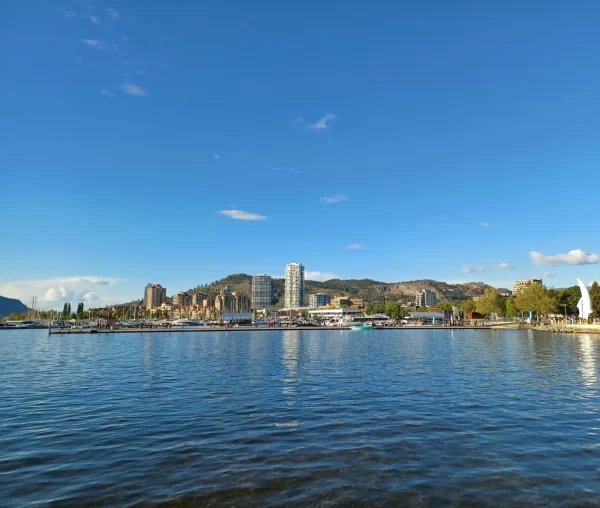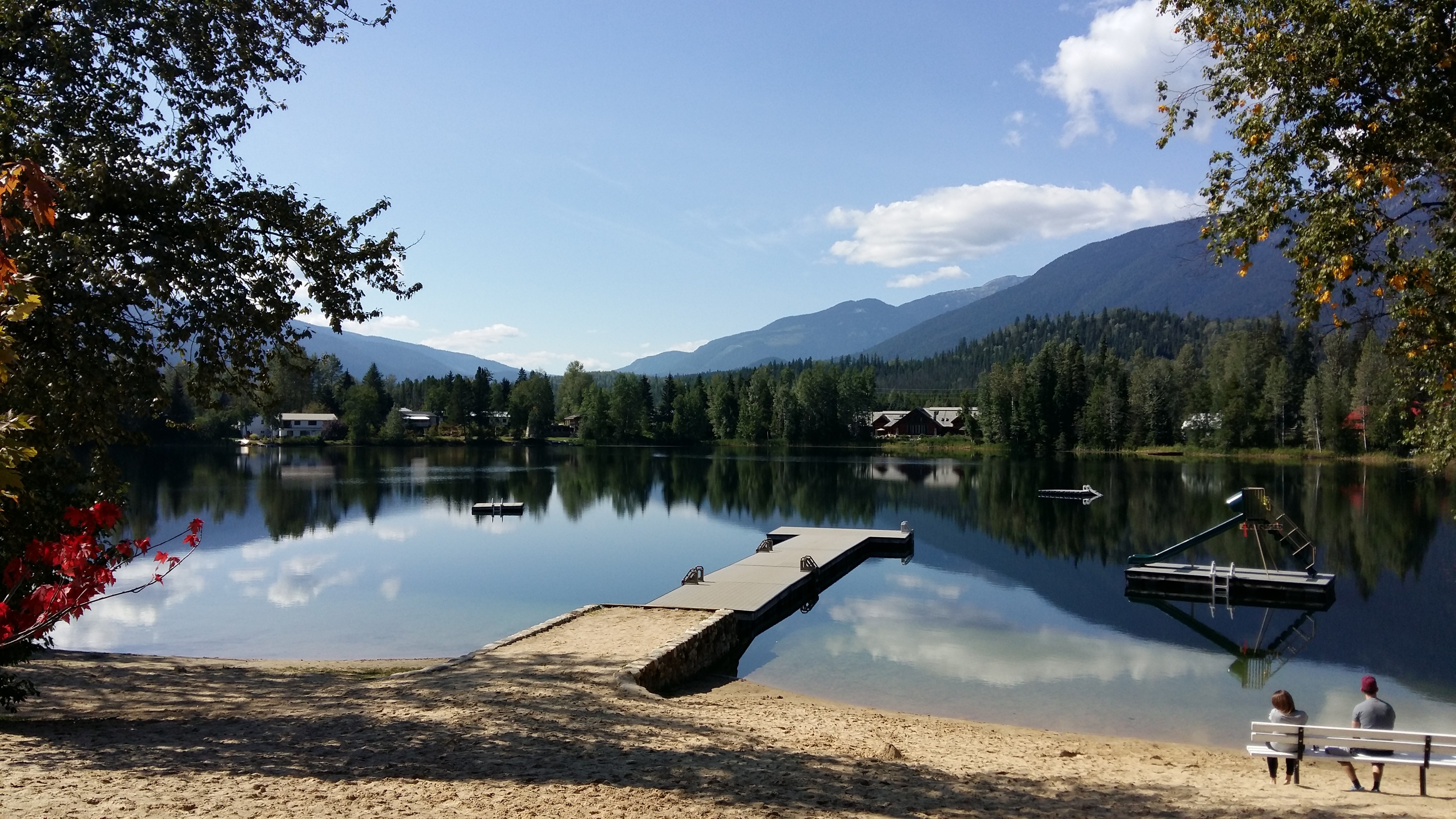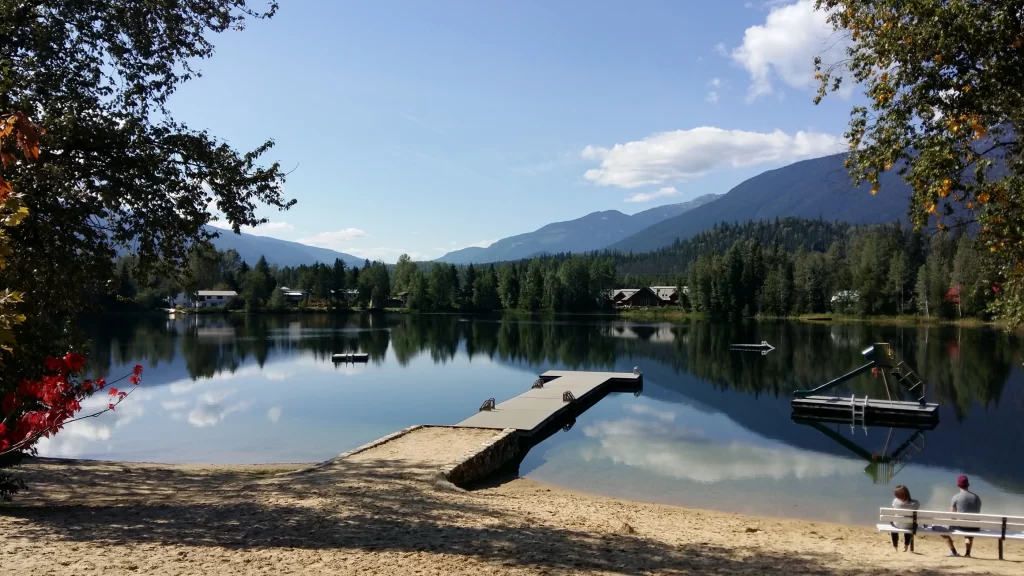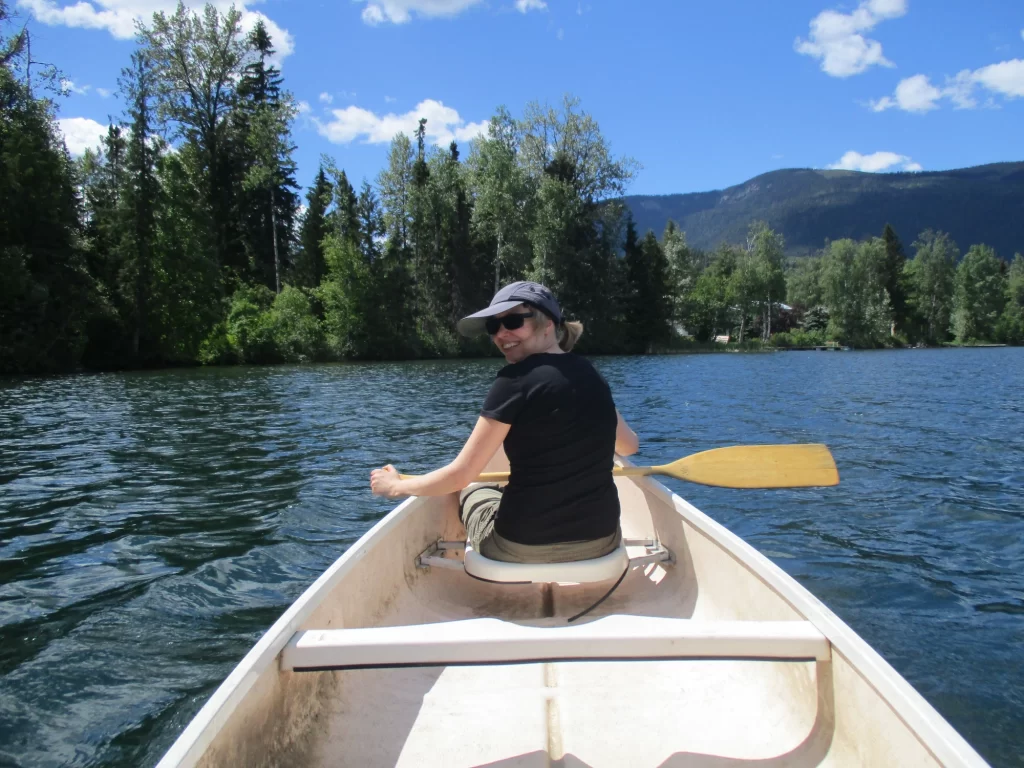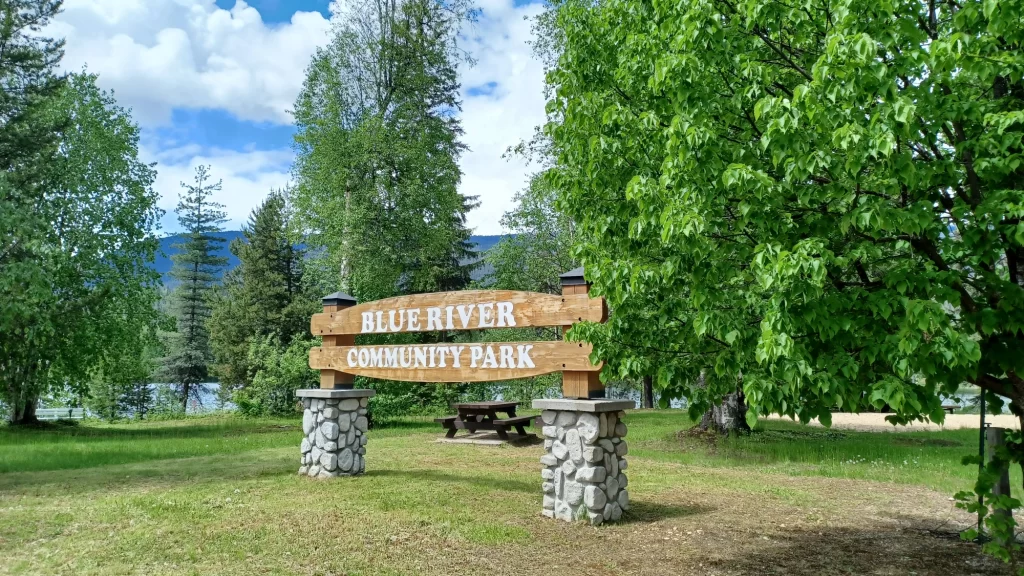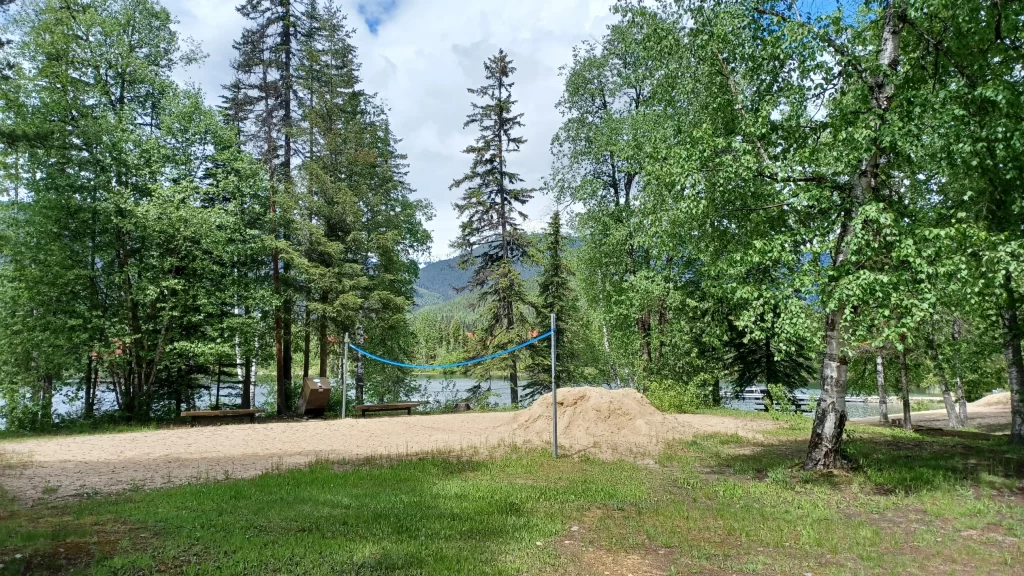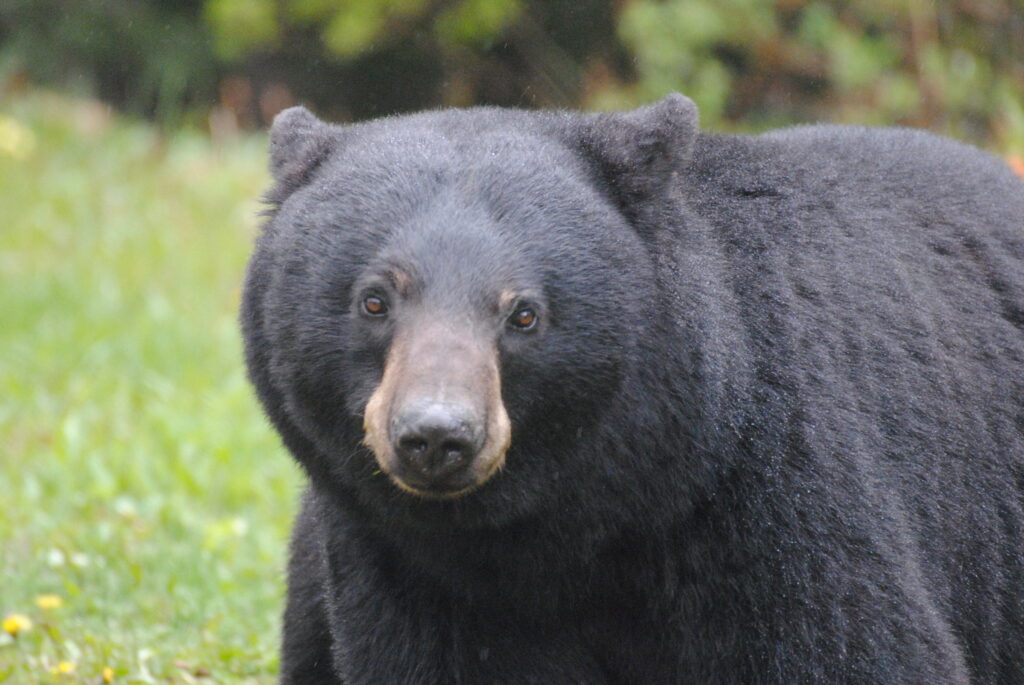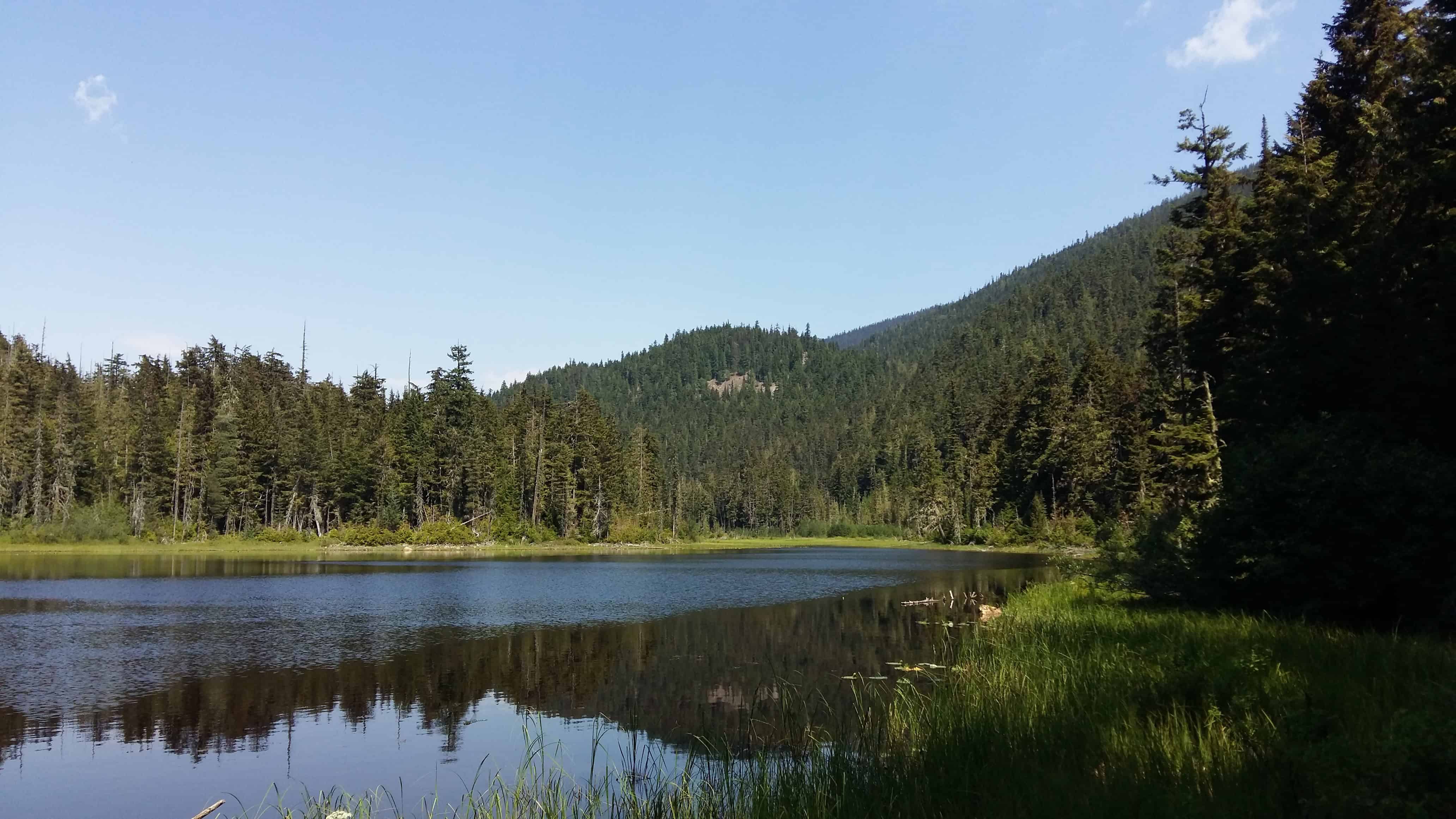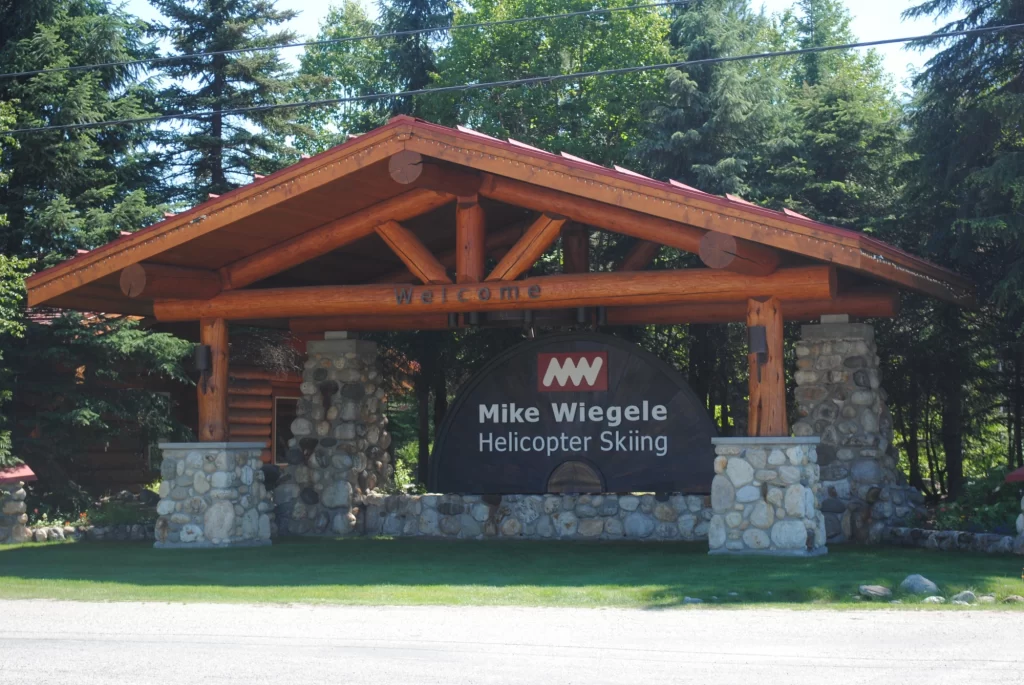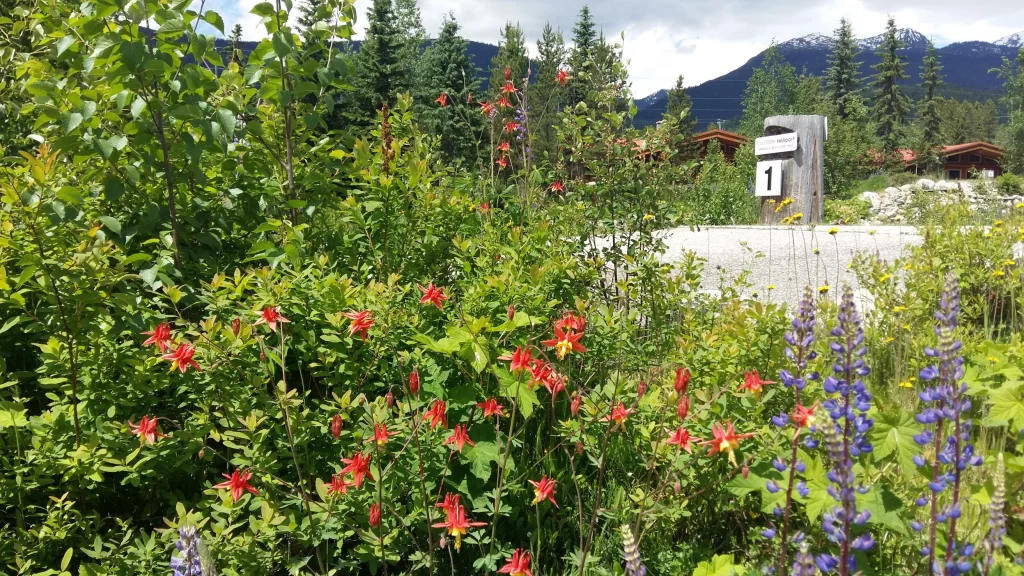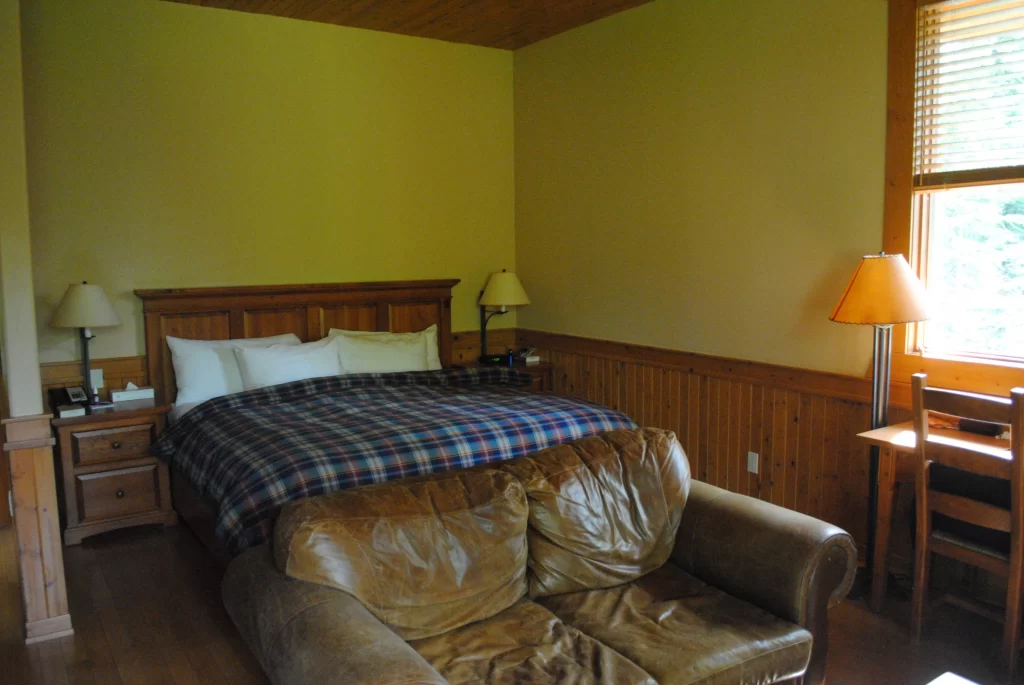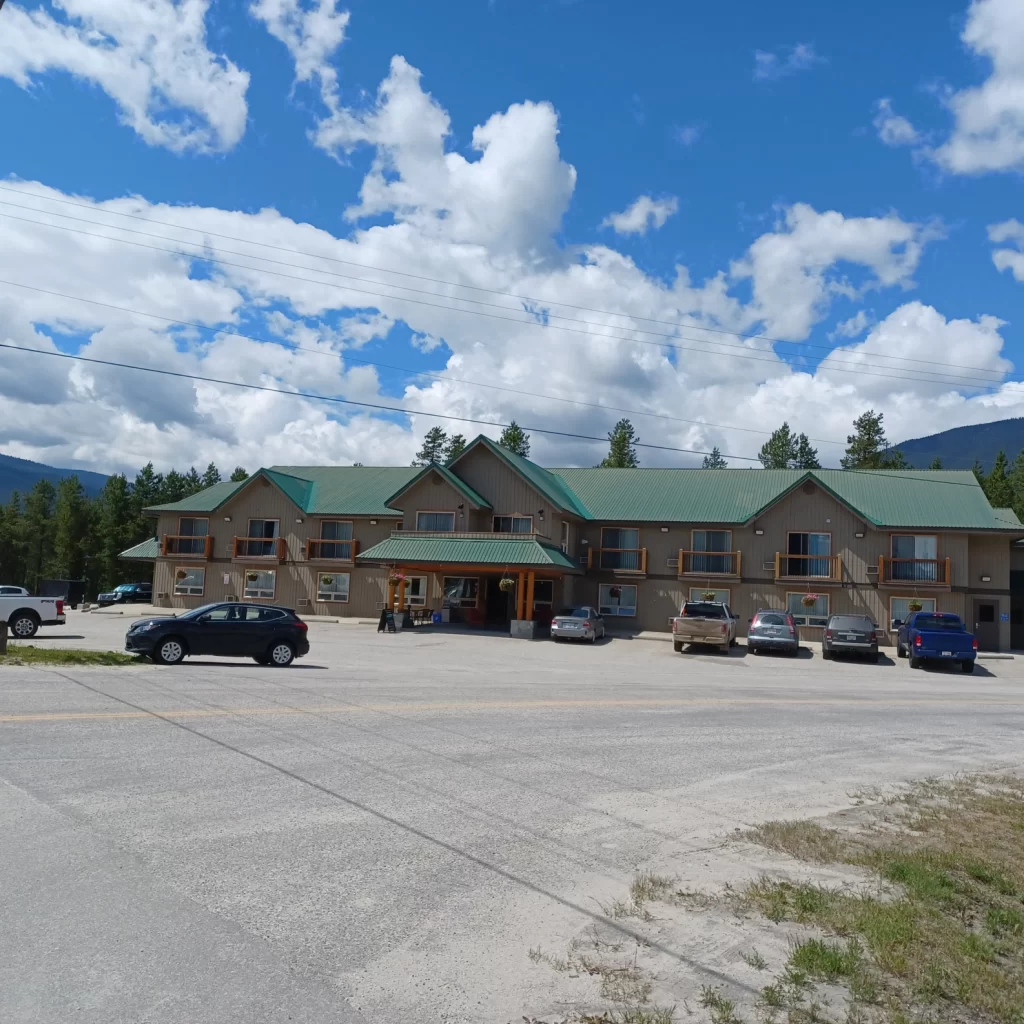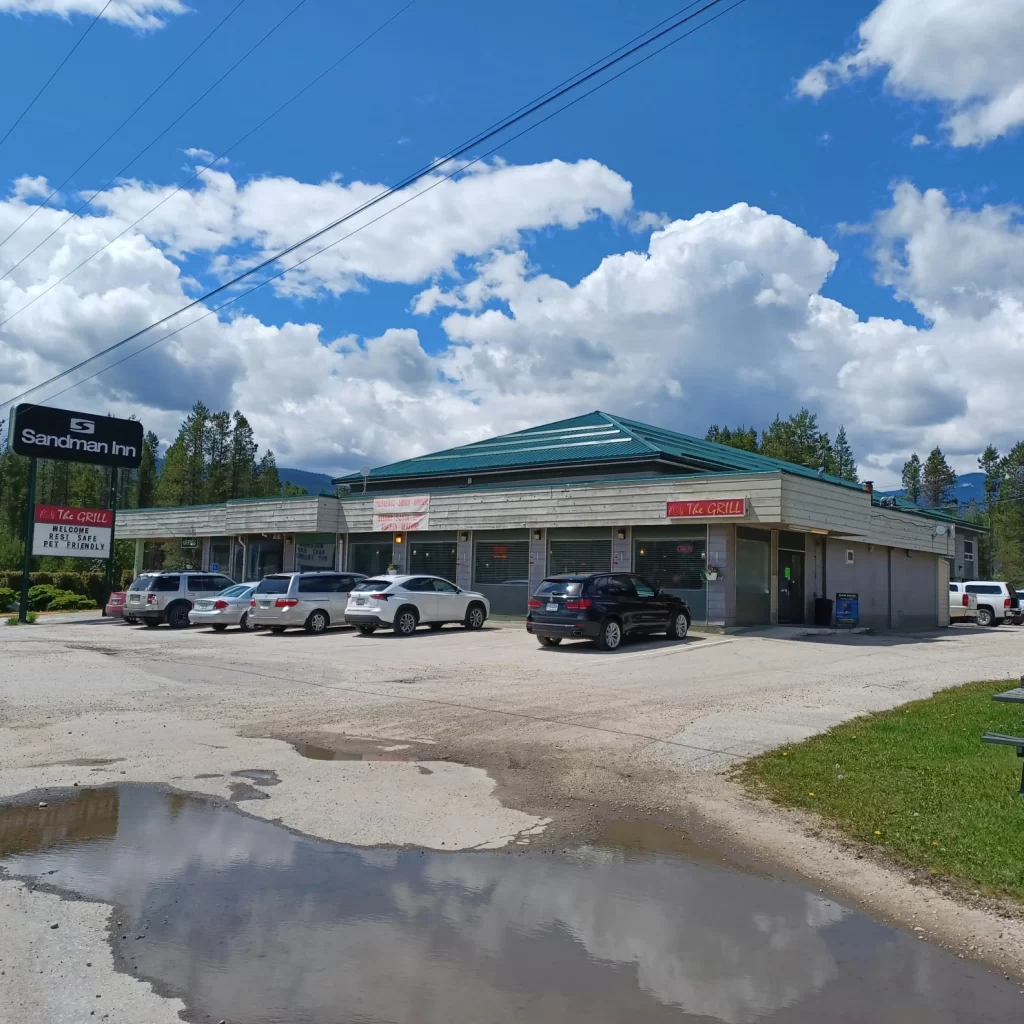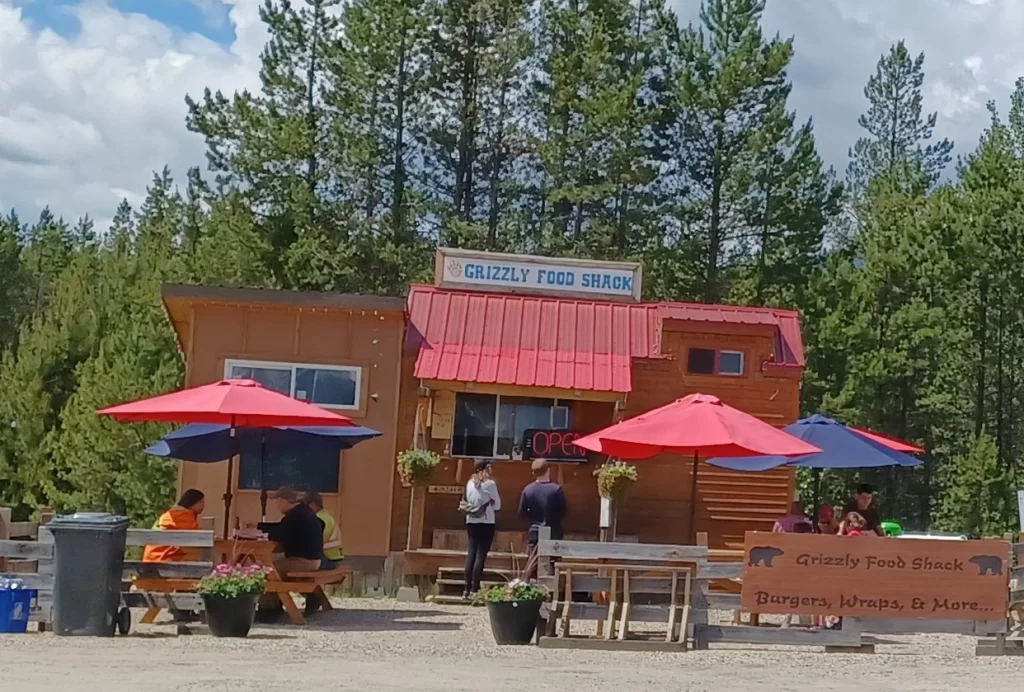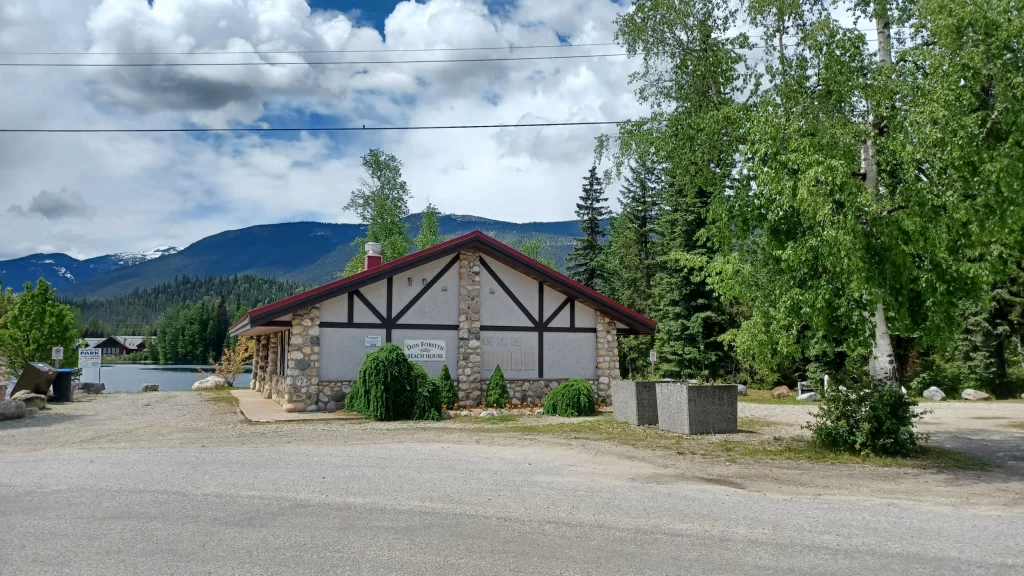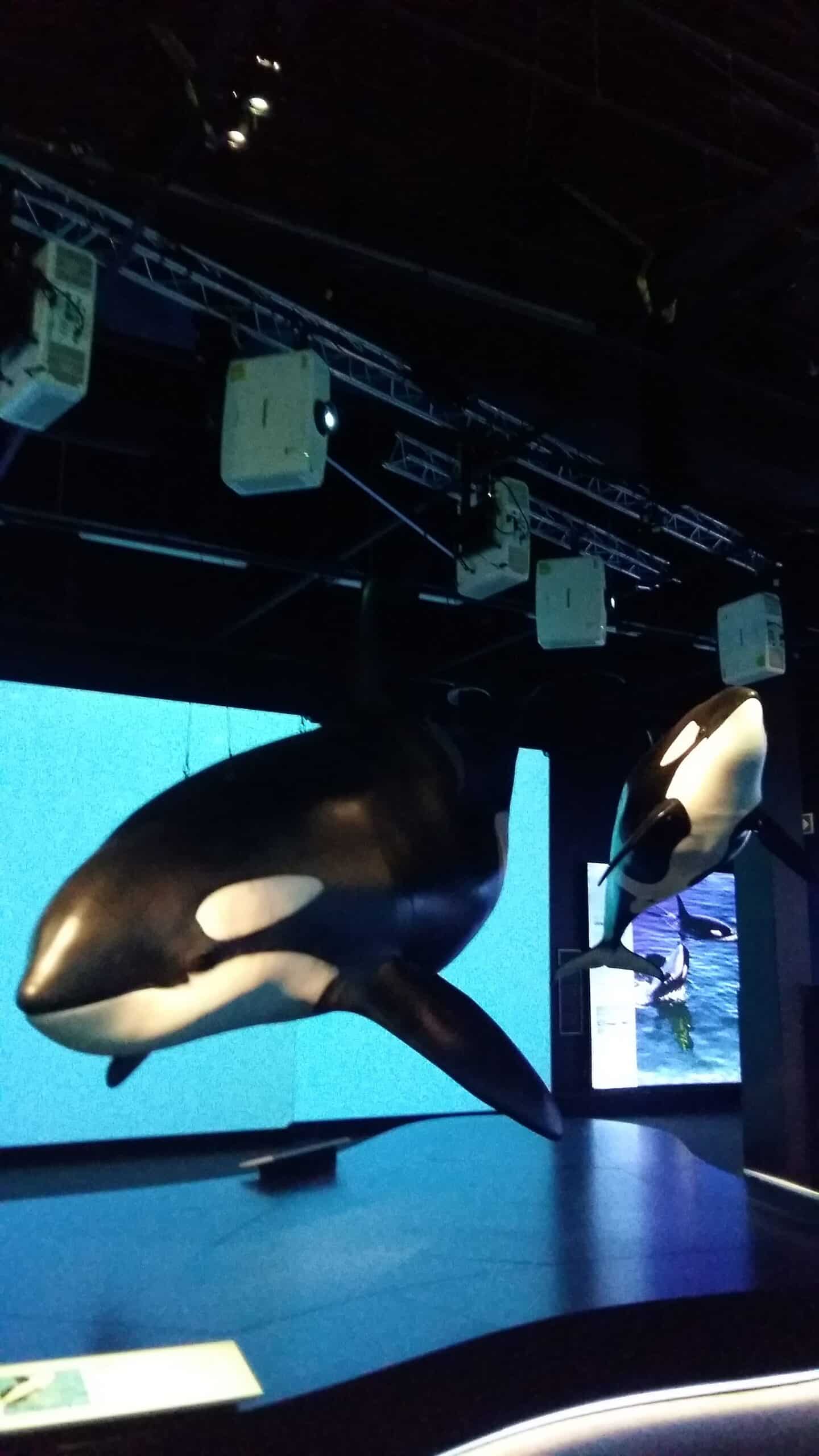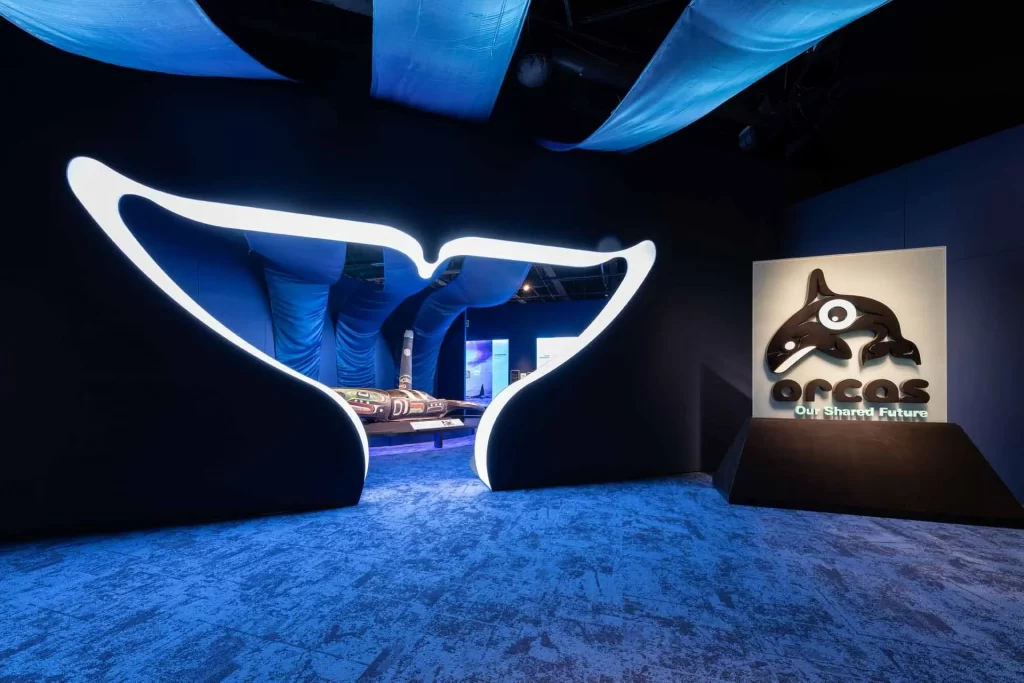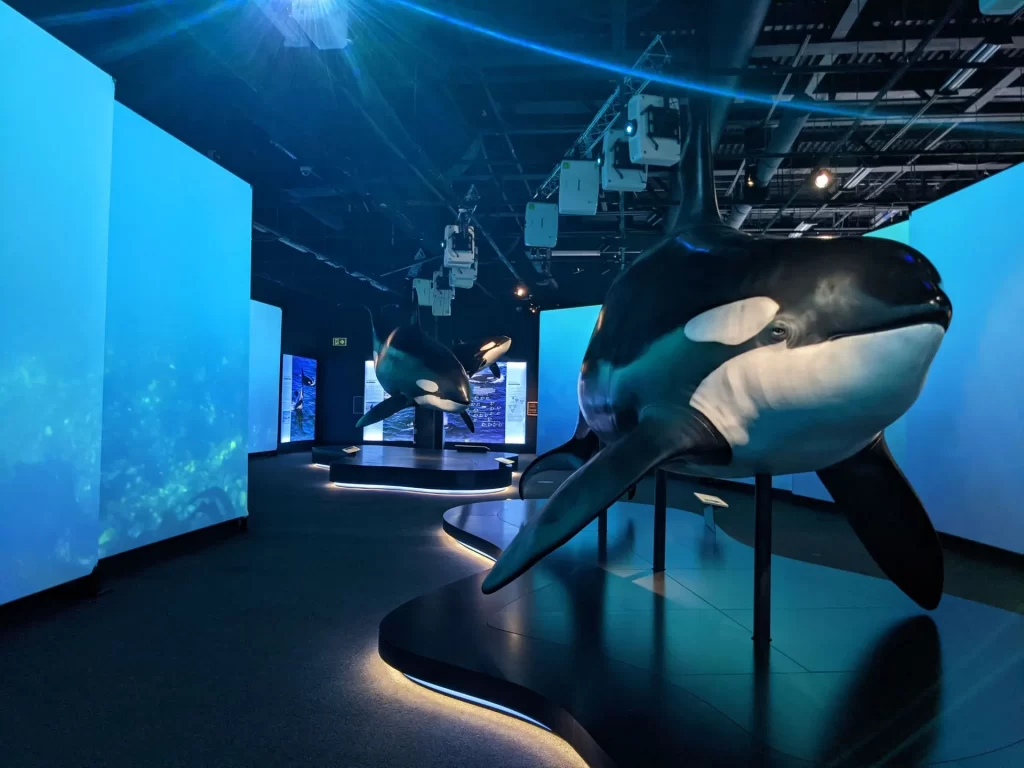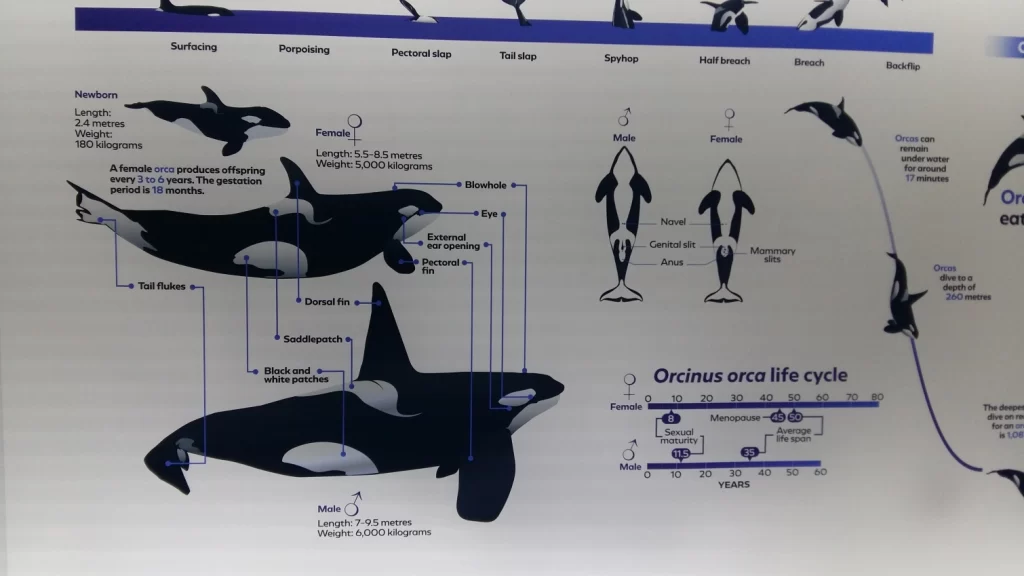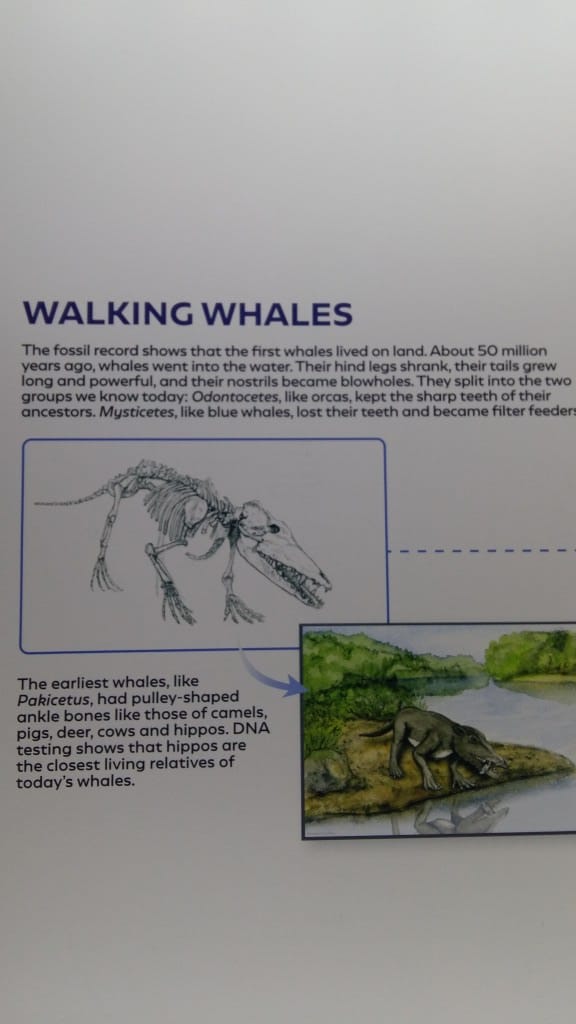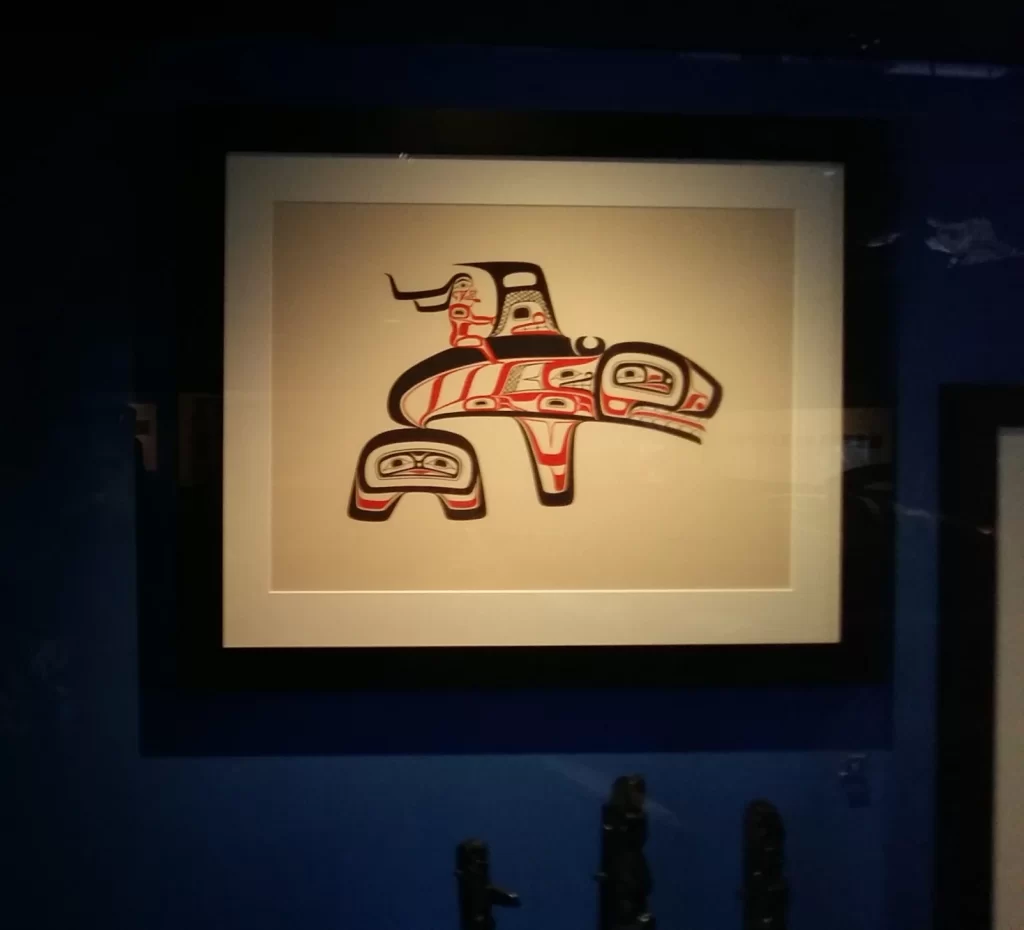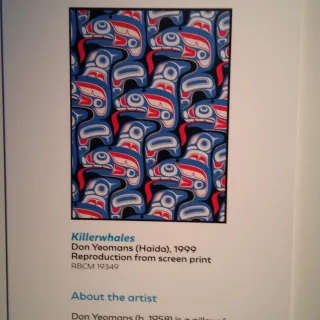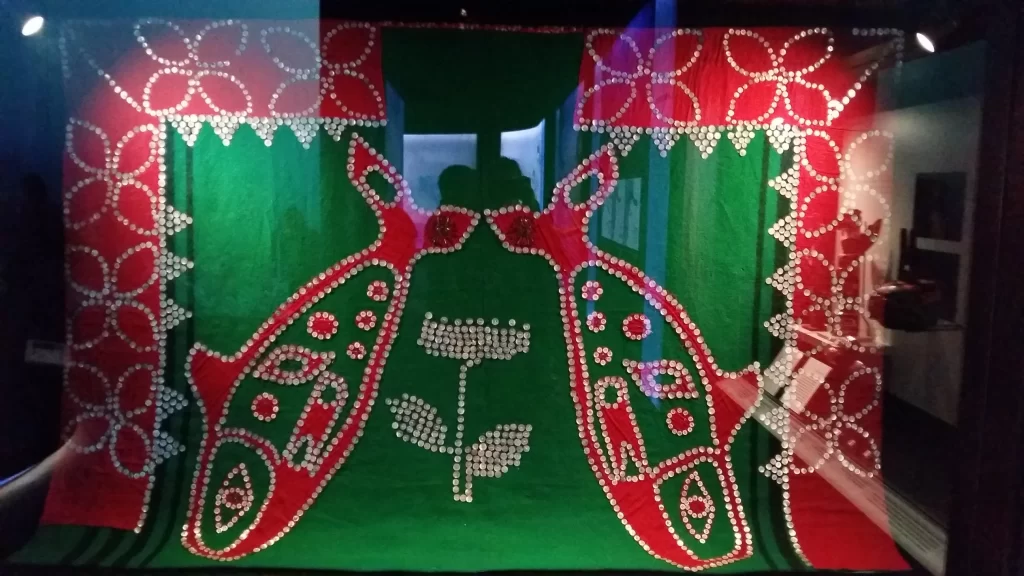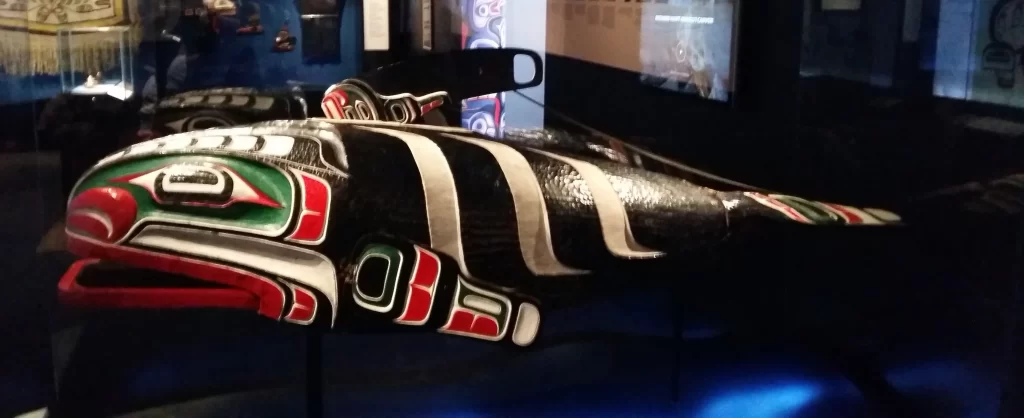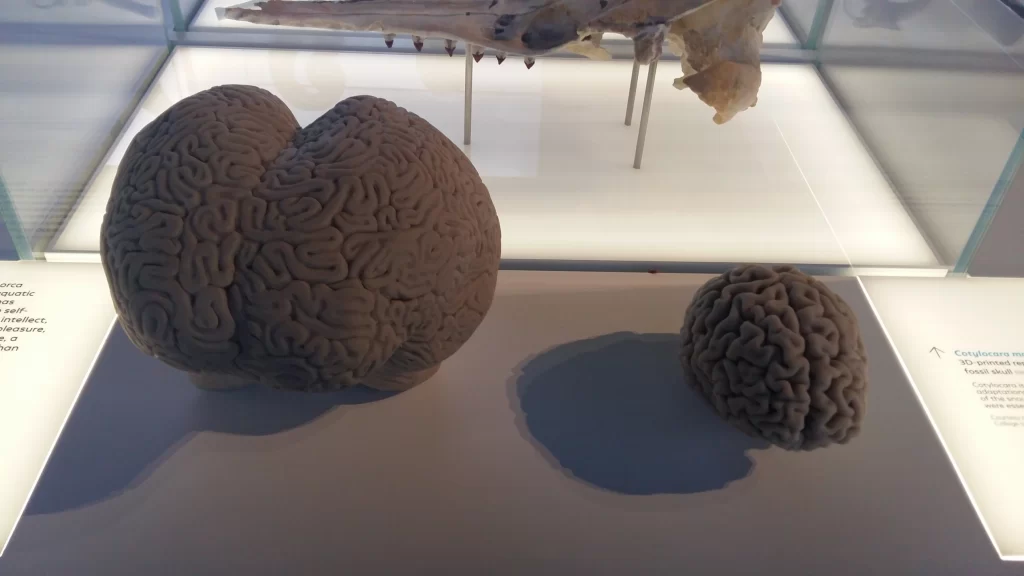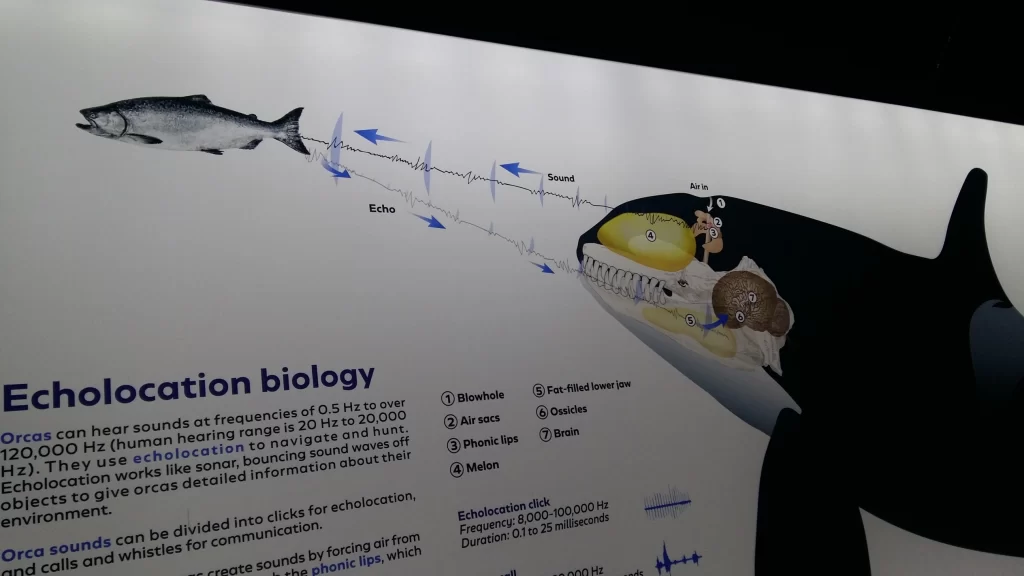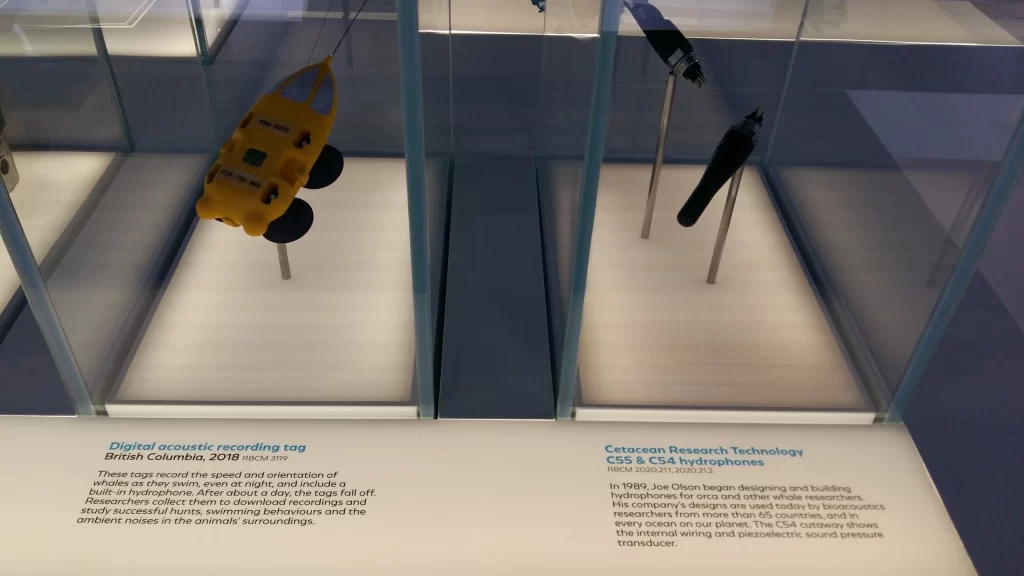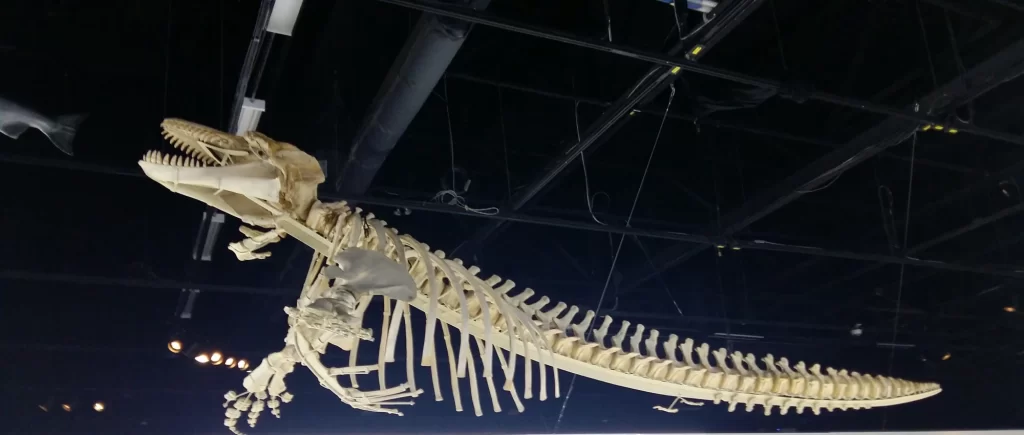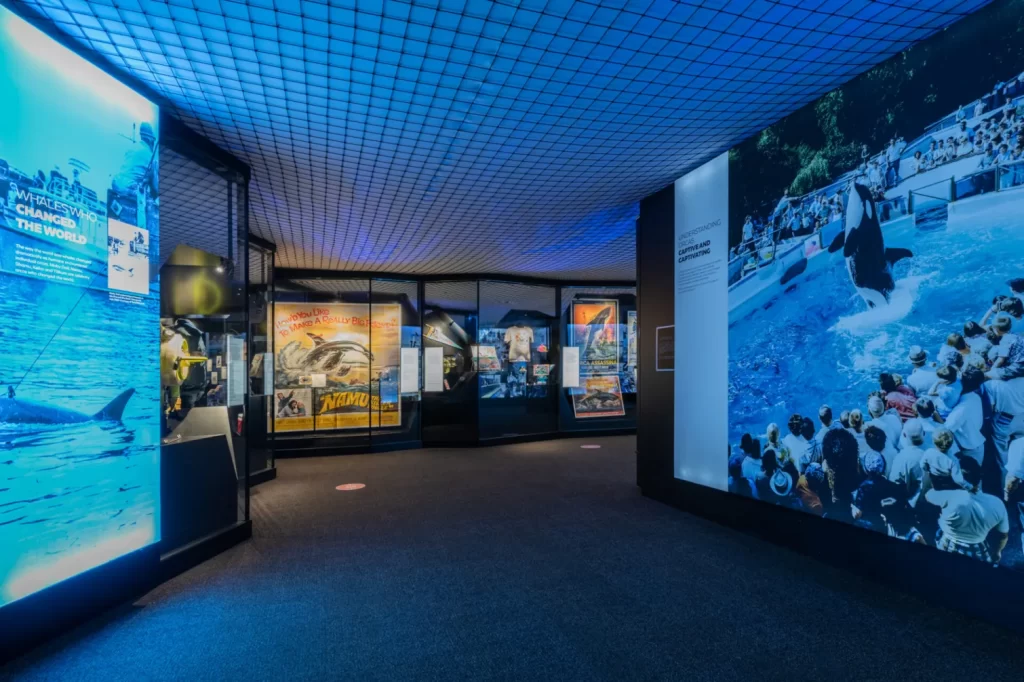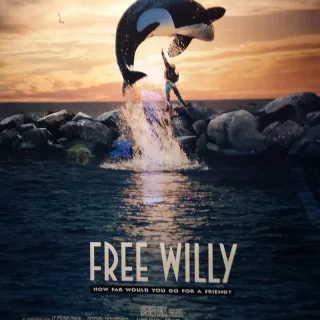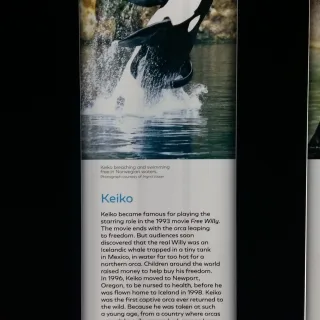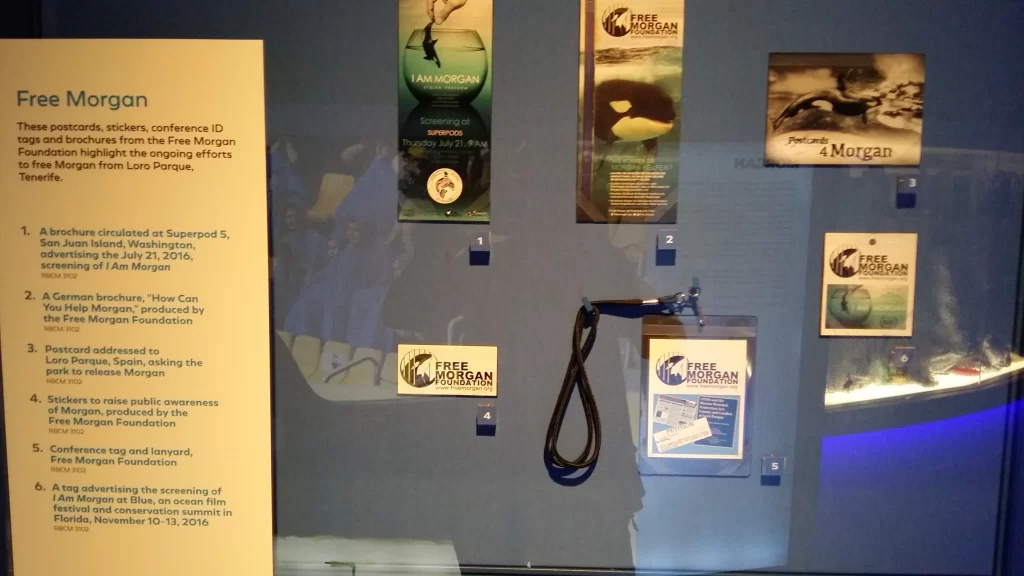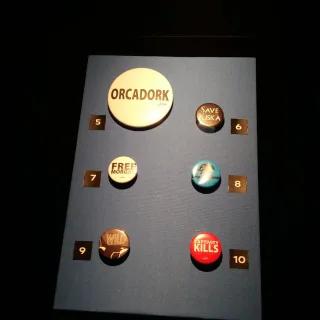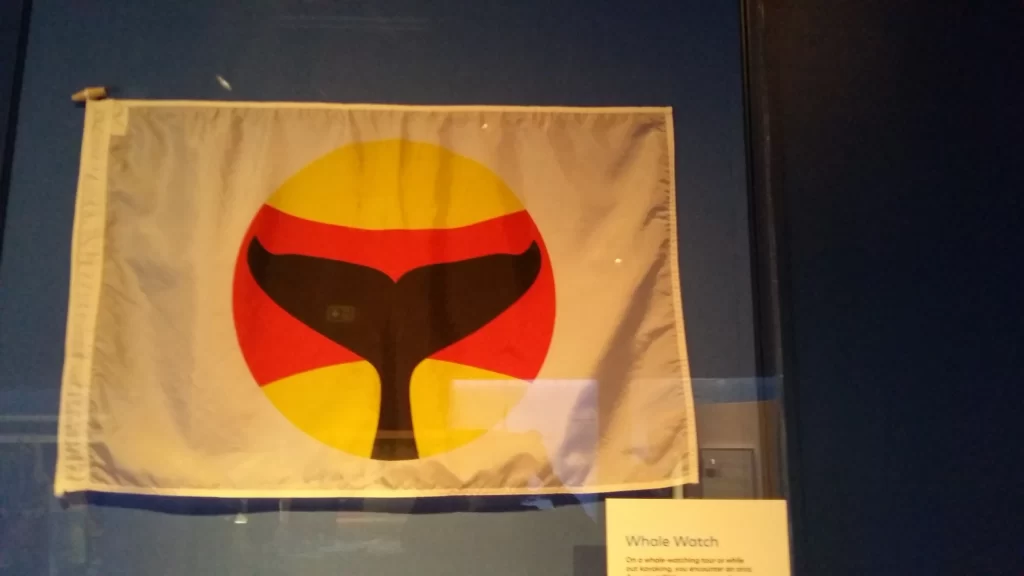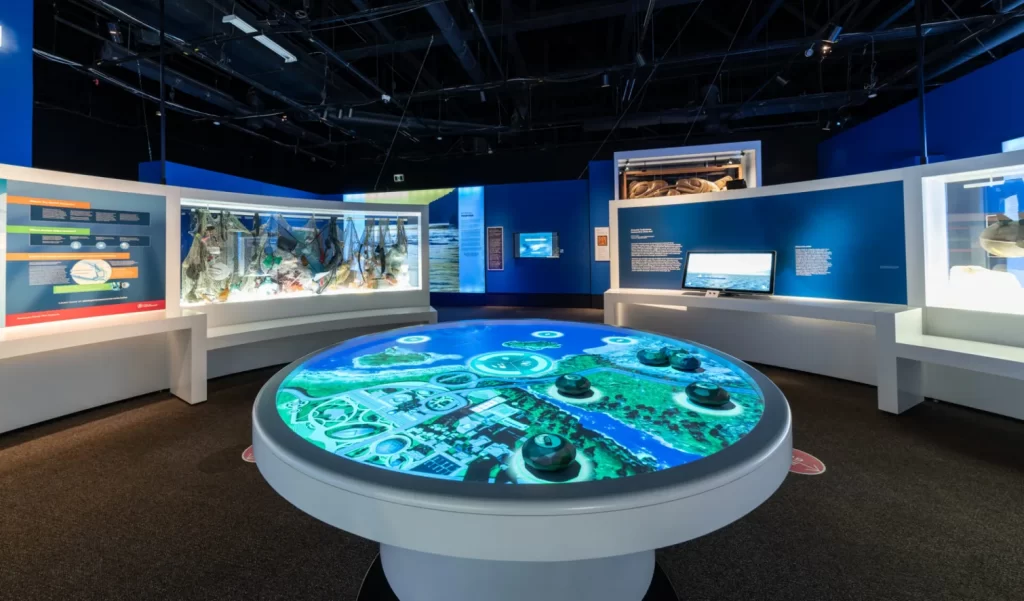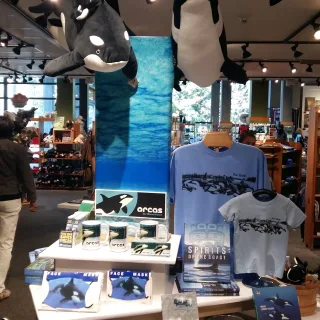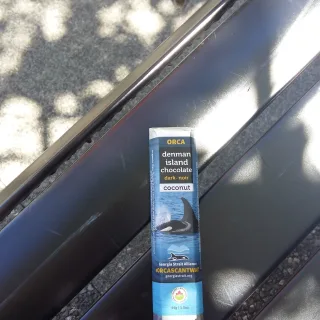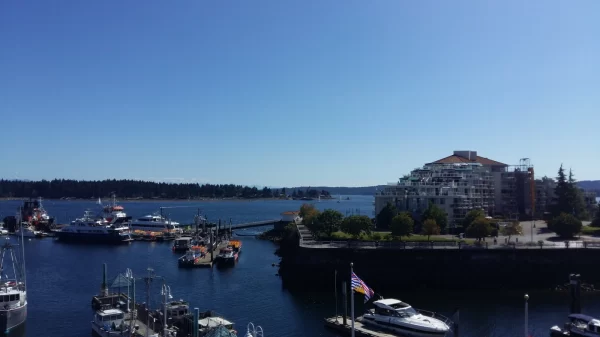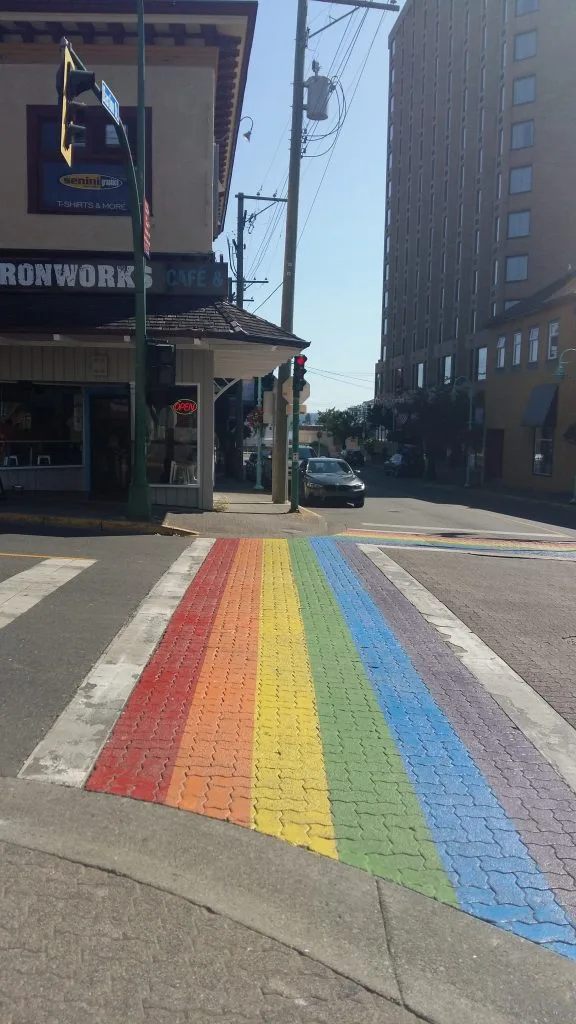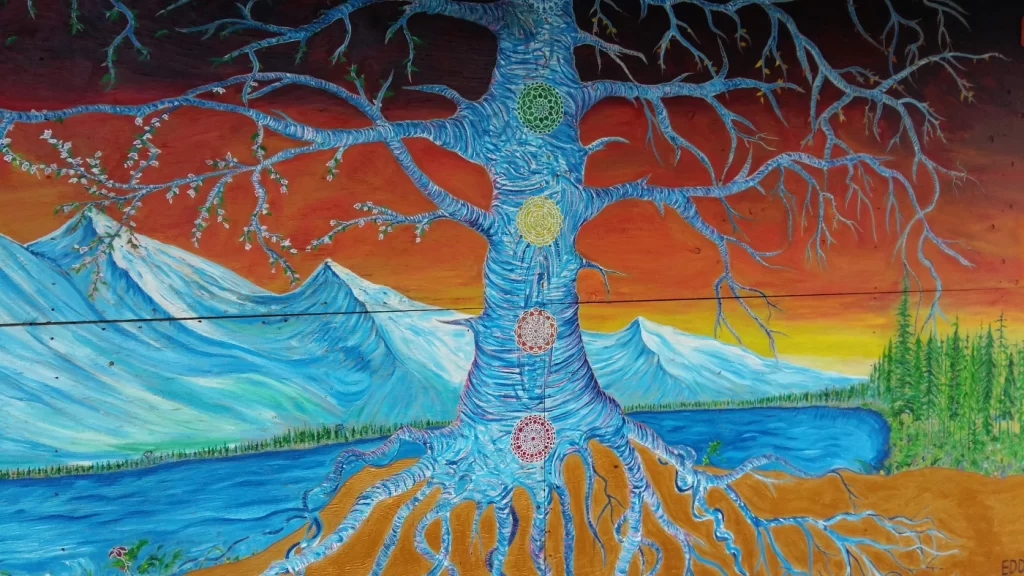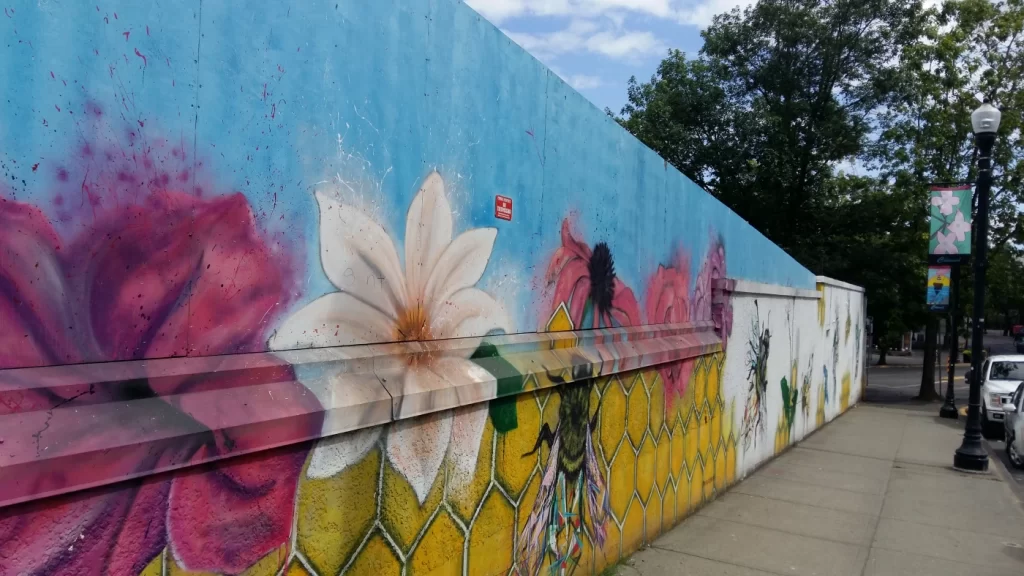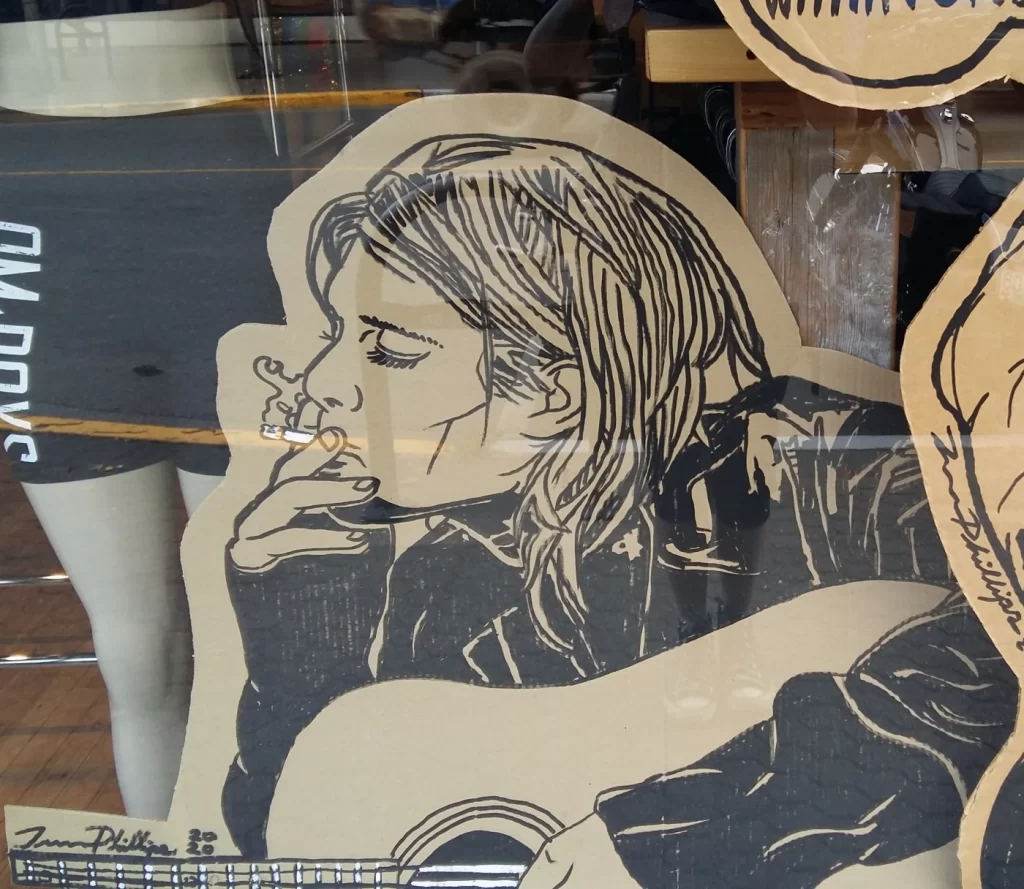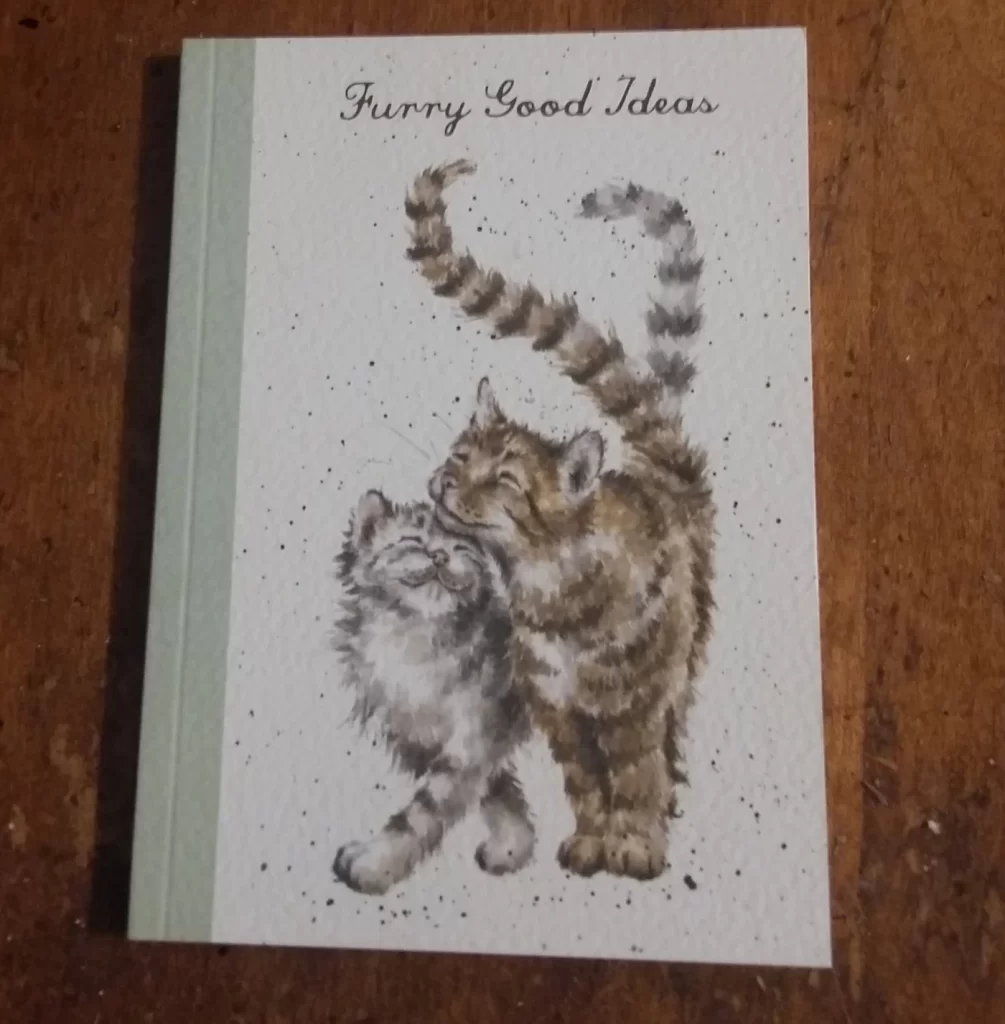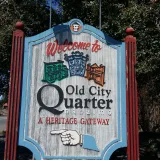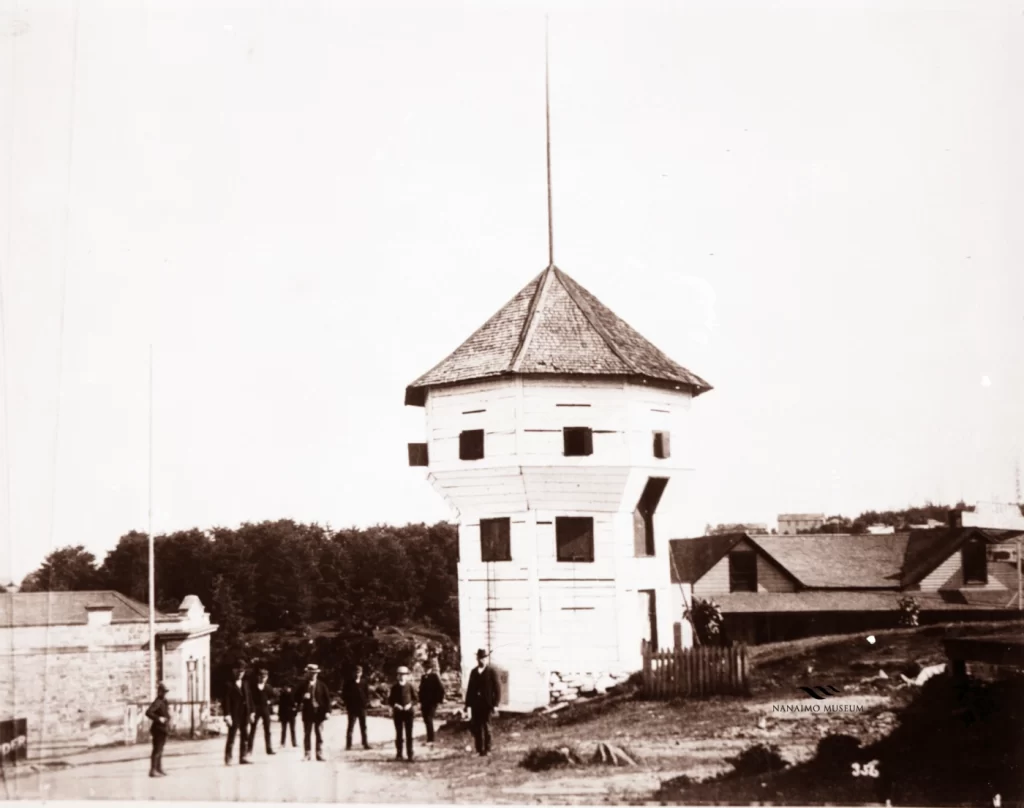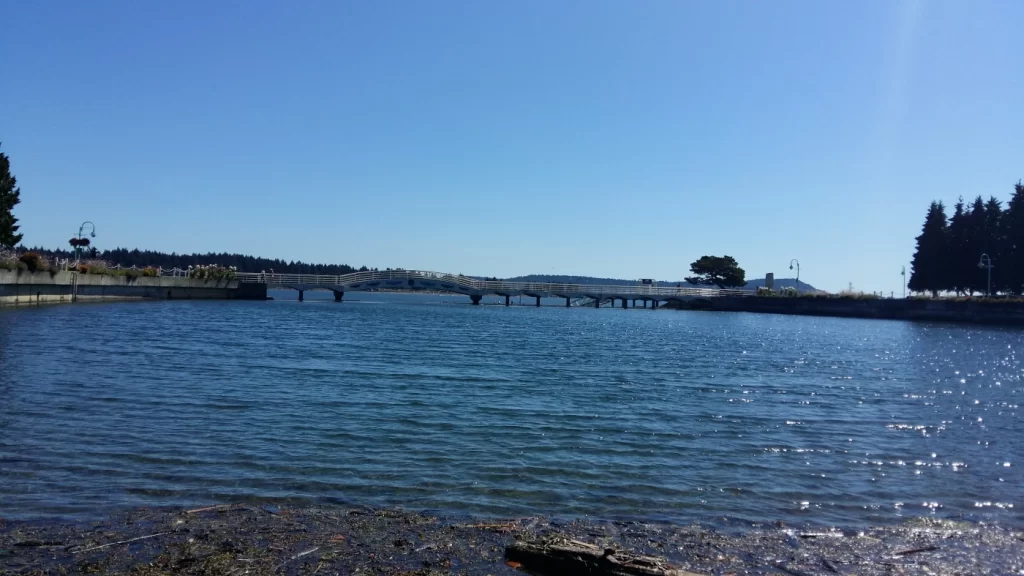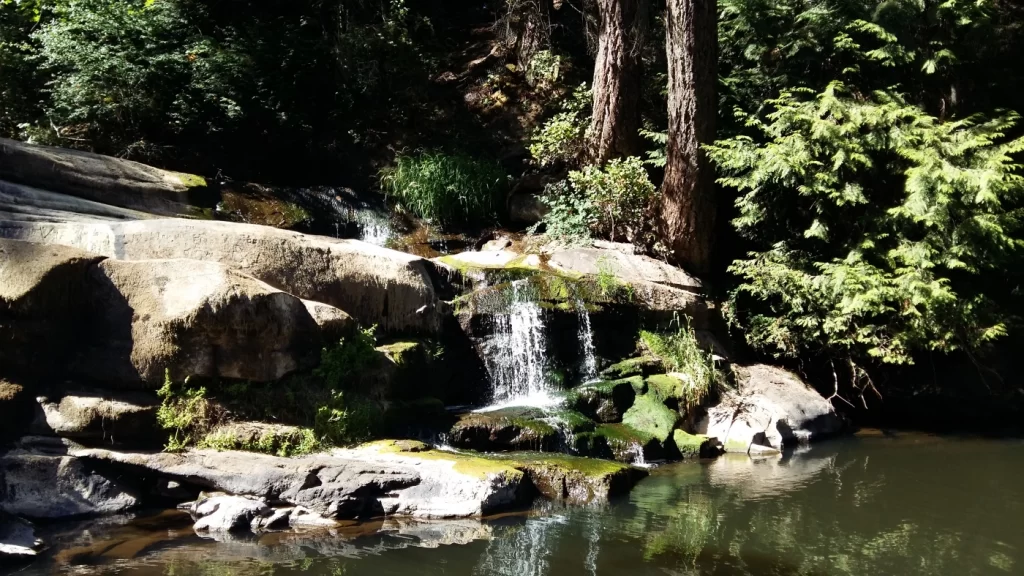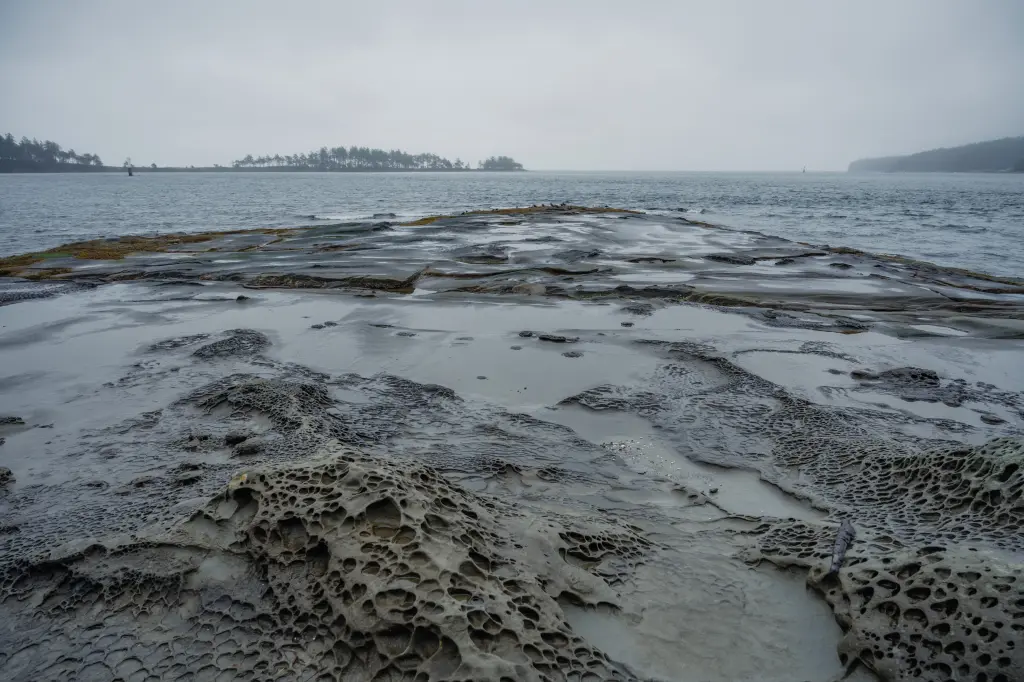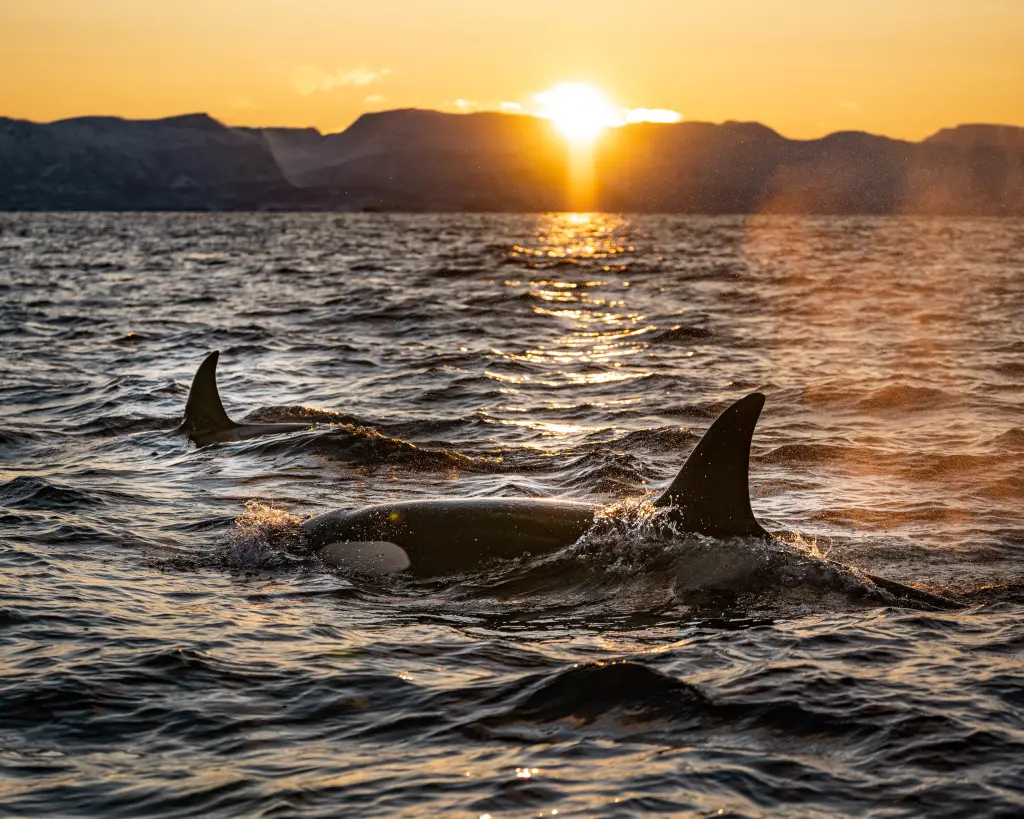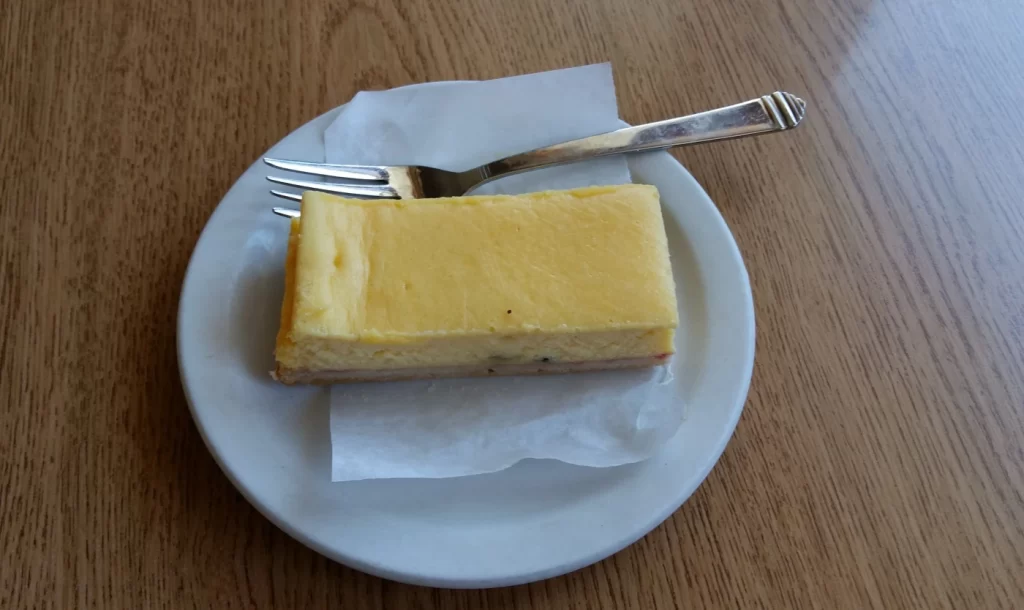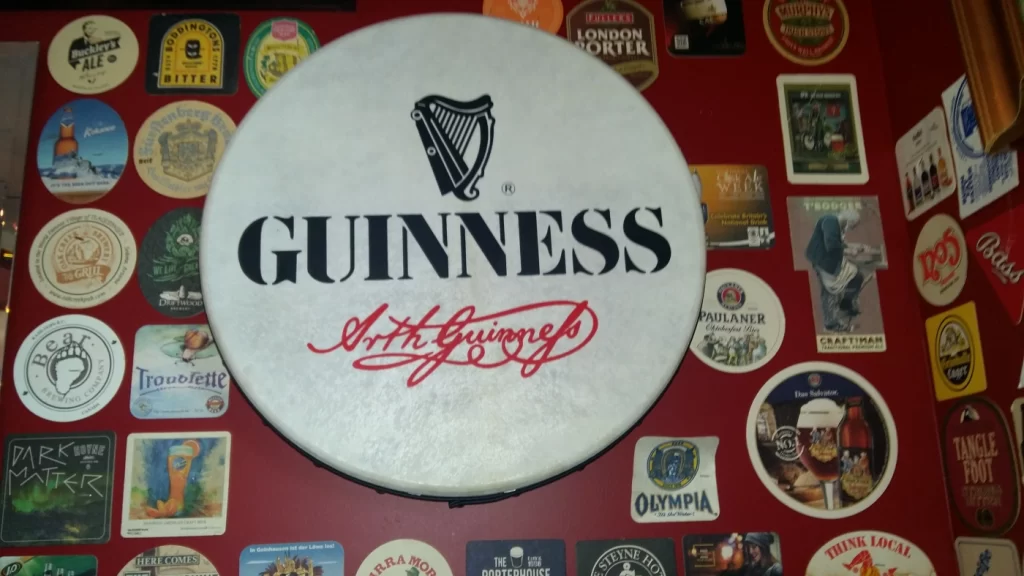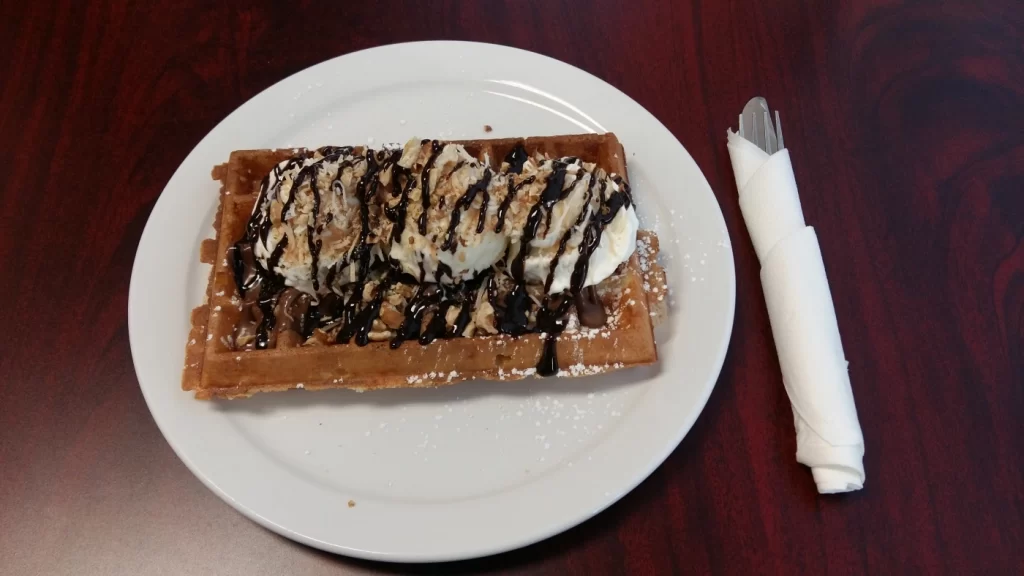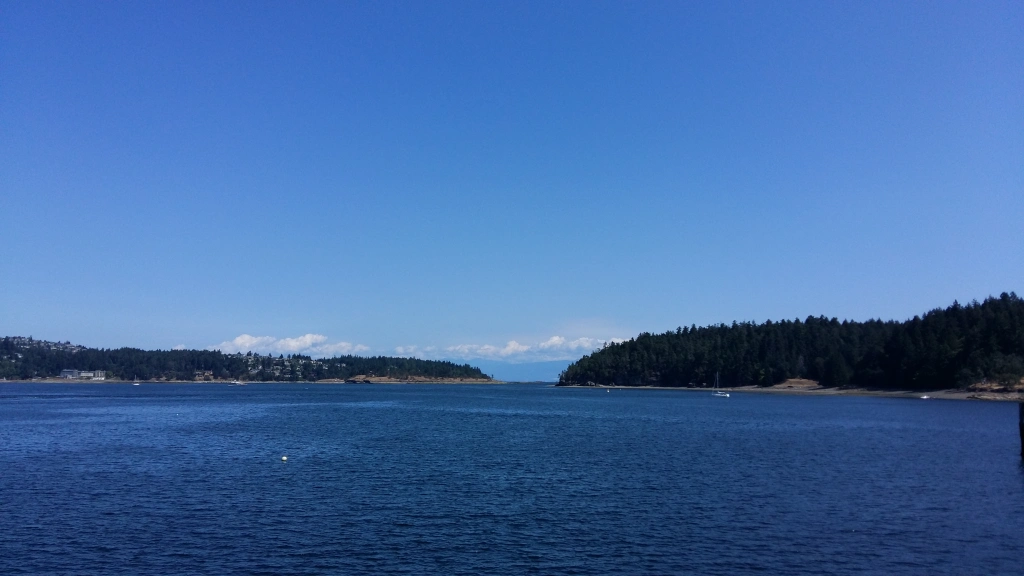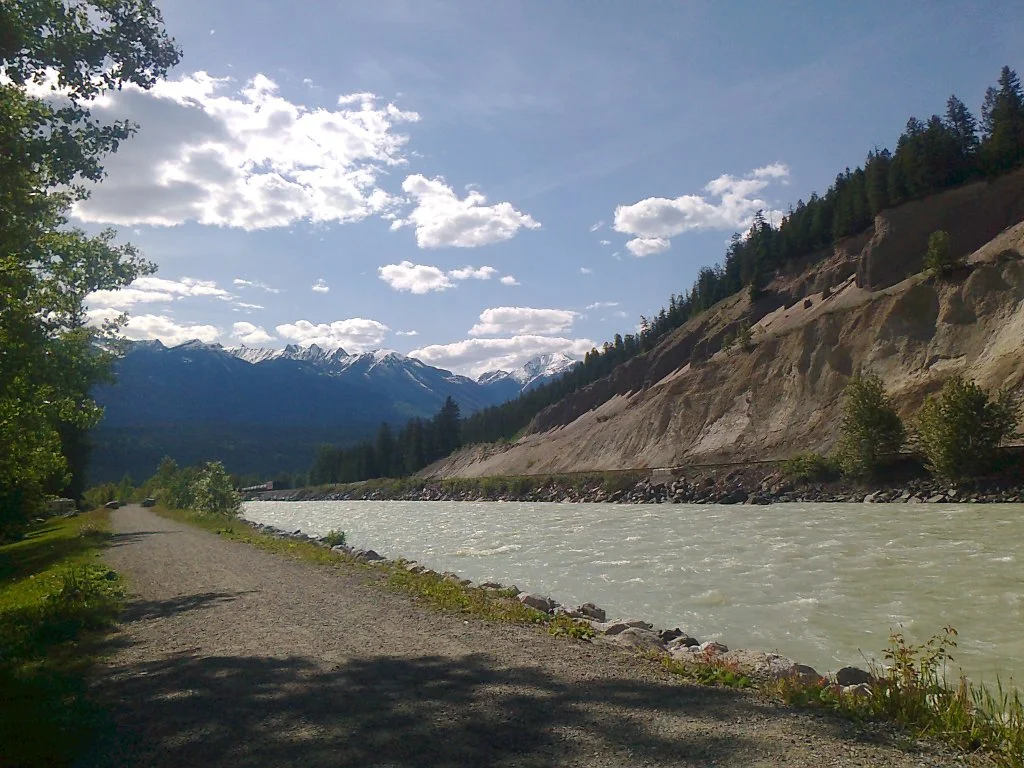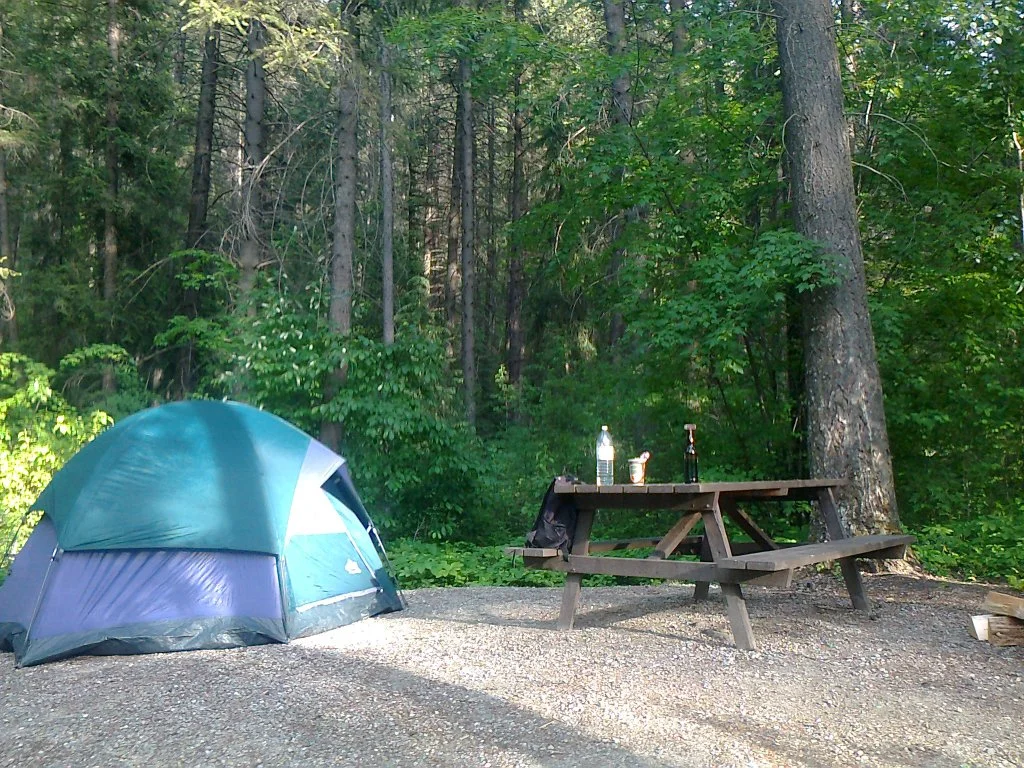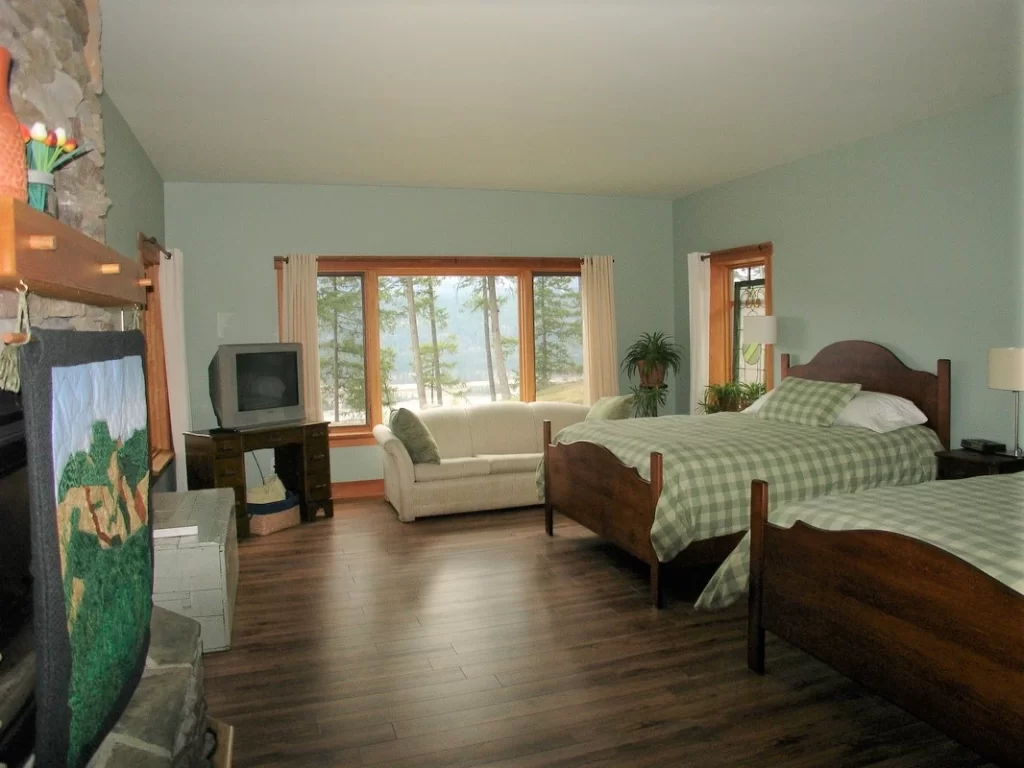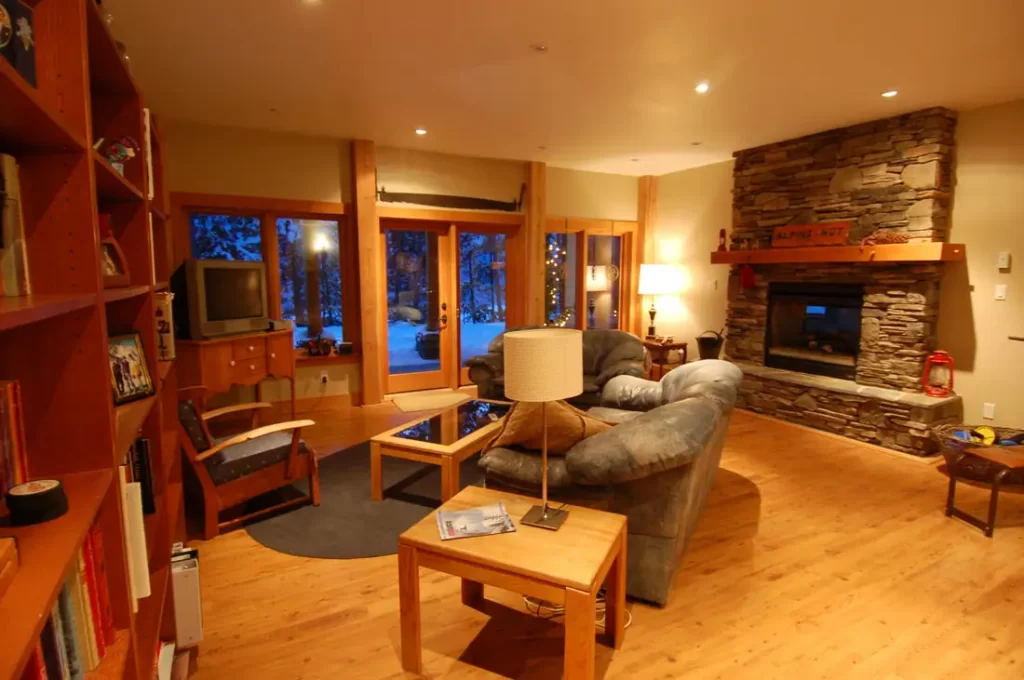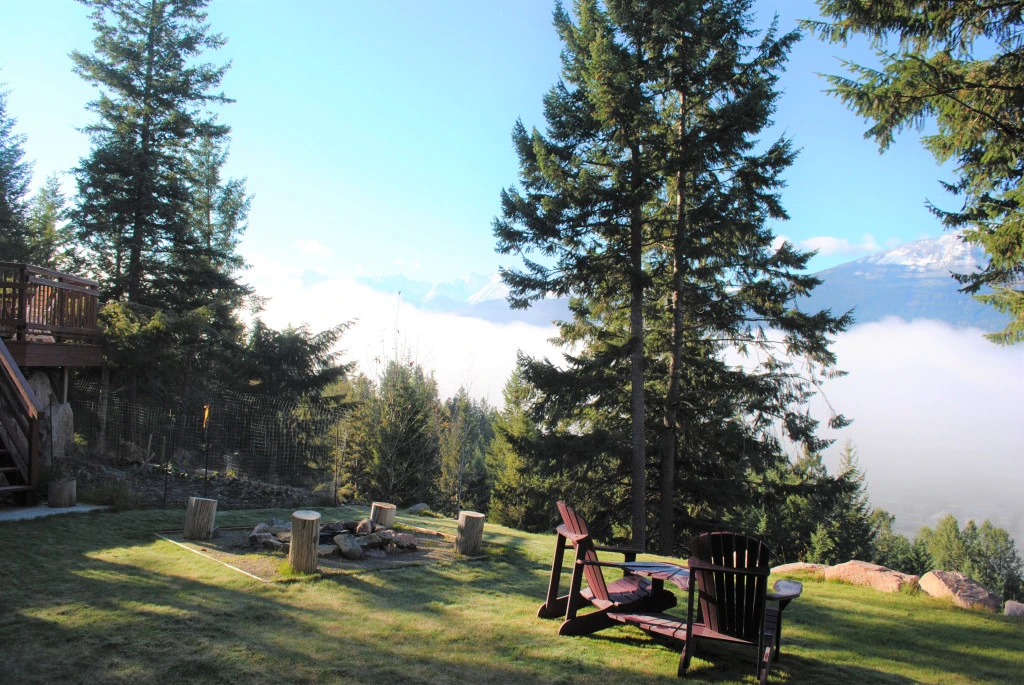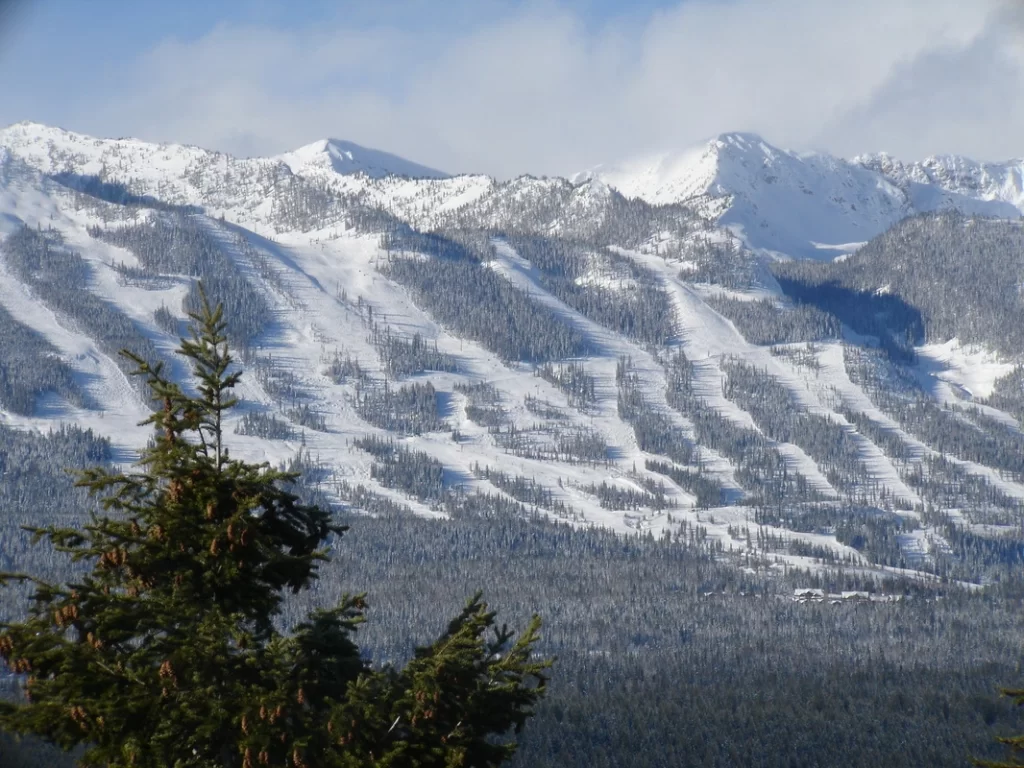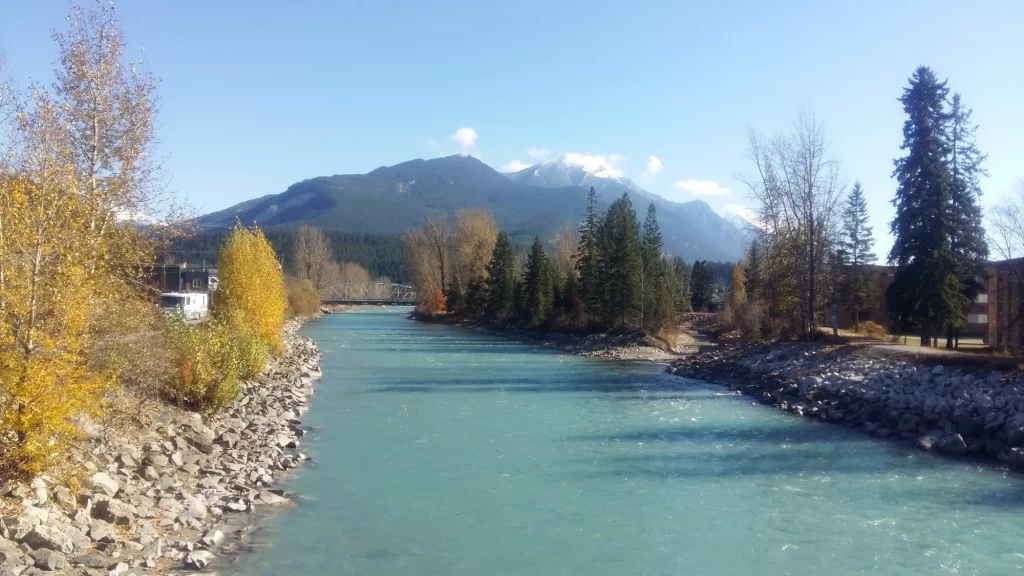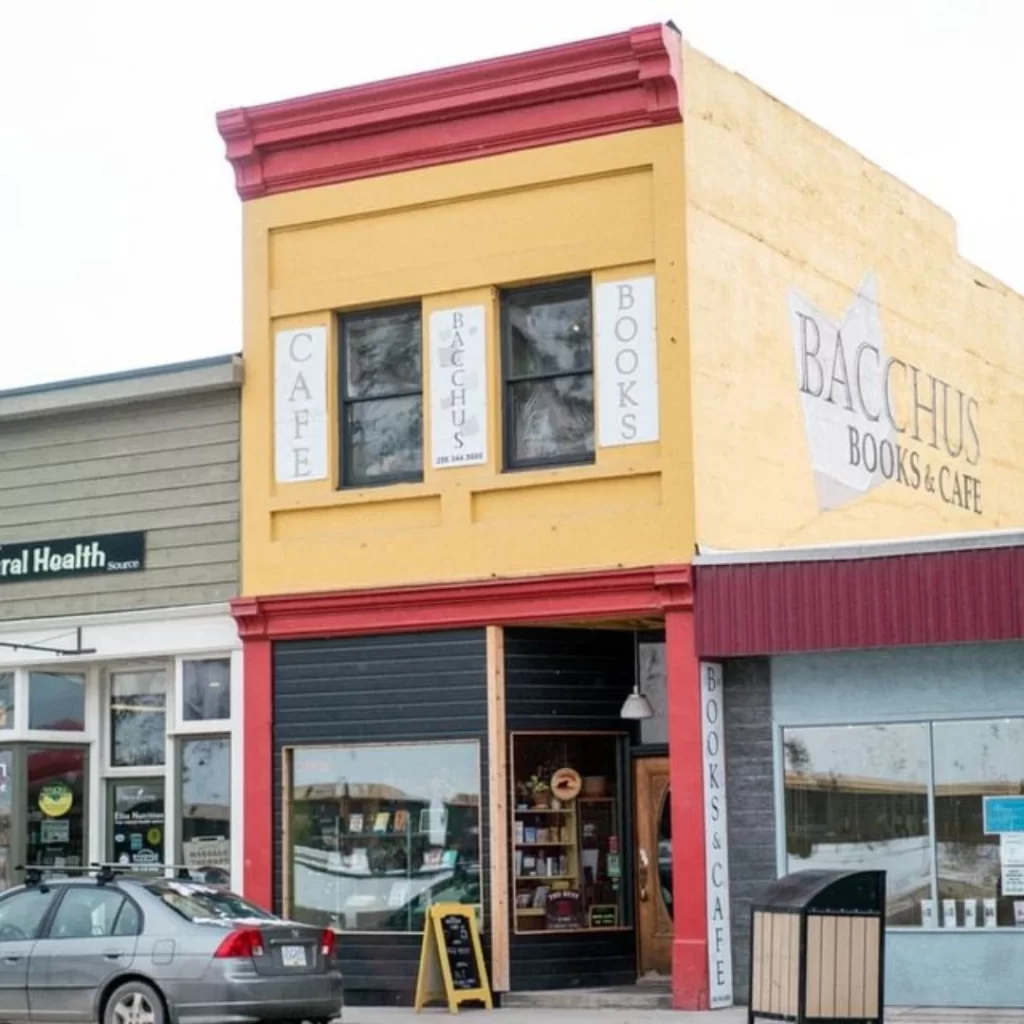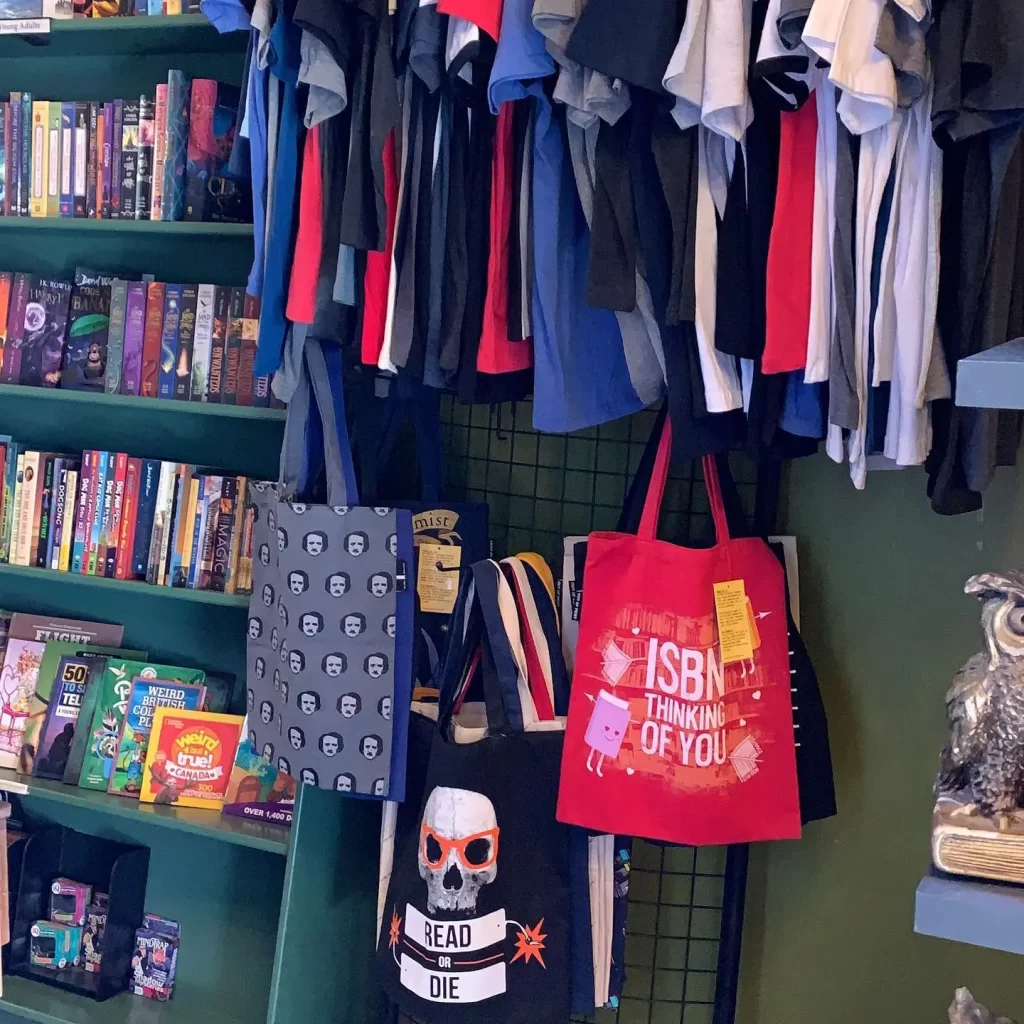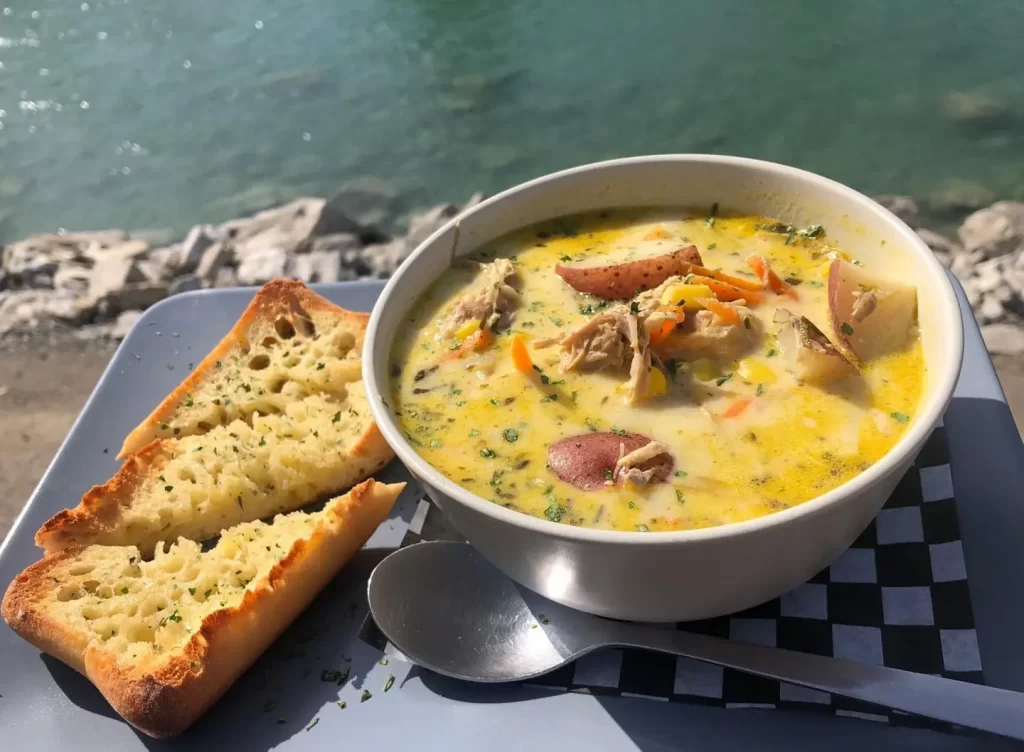Last updated: July 22, 2024
Kelowna is inside the Okanagan Valley in Southern Interior BC and is the region’s largest city. It’s located on the traditional, ancestral, and unceded territory of the syilx/Okanagan people. The word Kelowna comes from the syilx/Okanagan word ki?láwna?, which means grizzly bear.
Kelowna is right next to the scenic Okanagan Lake. Like the rest of the Okanagan Valley, Kelowna is famous for its vineyards, with more than 40 wineries in the area, as well as craft breweries, cideries, and distilleries.
So here’s a detailed guide on How to Spend a Great Weekend in Kelowna 🙂
Disclosure: I only recommend products that I’ve used in the past, and all opinions expressed in this post are my own. This post contains affiliate links. If you use one of the links throughout the page to buy something, I may earn a small commission at no extra cost to you. Thank you!
Things to See and Do in Kelowna
Museums and Kelowna Art Gallery in Downtown
After arriving in Kelowna, stretch your legs while exploring the downtown area and get a feel for the awesome vibe of this city! You can find several museums, e.g. the Okanagan Heritage Museum (470 Queensway Avenue, Kelowna, BC V1Y 6S7), Okanagan Military Museum (1424 Ellis St, Kelowna, BC V1Y 2A5), and Kelowna Art Gallery (1315 Water St, Kelowna, BC V1Y 9R3) here.
Kelowna’s City Parks
Then take a stroll around Kelowna’s parks (City Park, Kerry Park, and Stuart Park), that are right next to the gorgeous Okanagan Lake. Each park is an attraction within itself. City Park has the Variety Children’s Waterpark, playground, skate park, a sandy beach, and the Veterans’ Memorial Square. Kerry Park is famous for the Ogopogo statue and concerts, and Stuart Park is home to the Grizzly bear statue, the Kelowna Yacht Club and an outdoor skating rink in the winter.

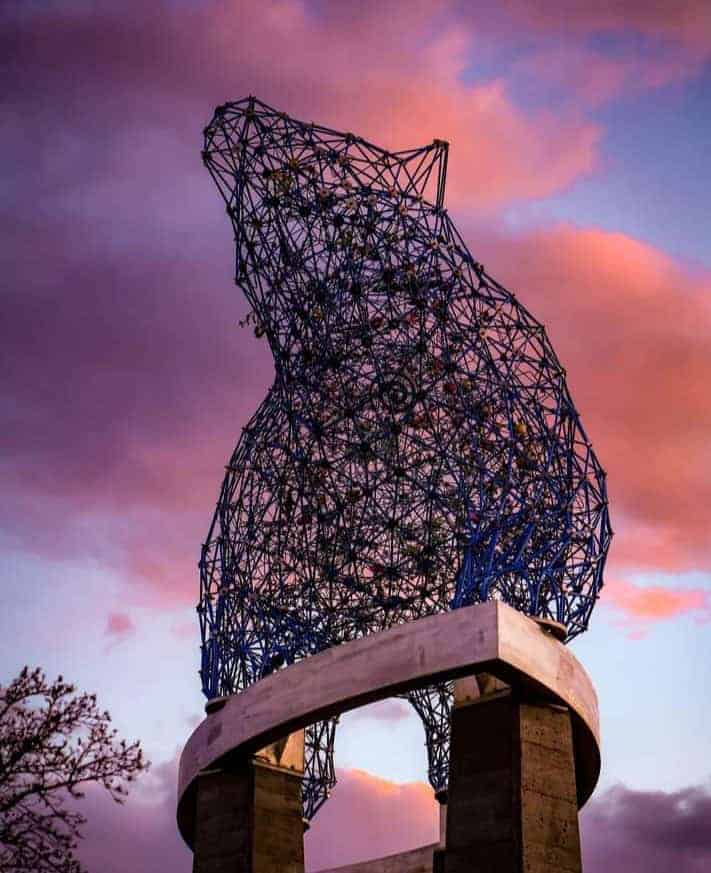
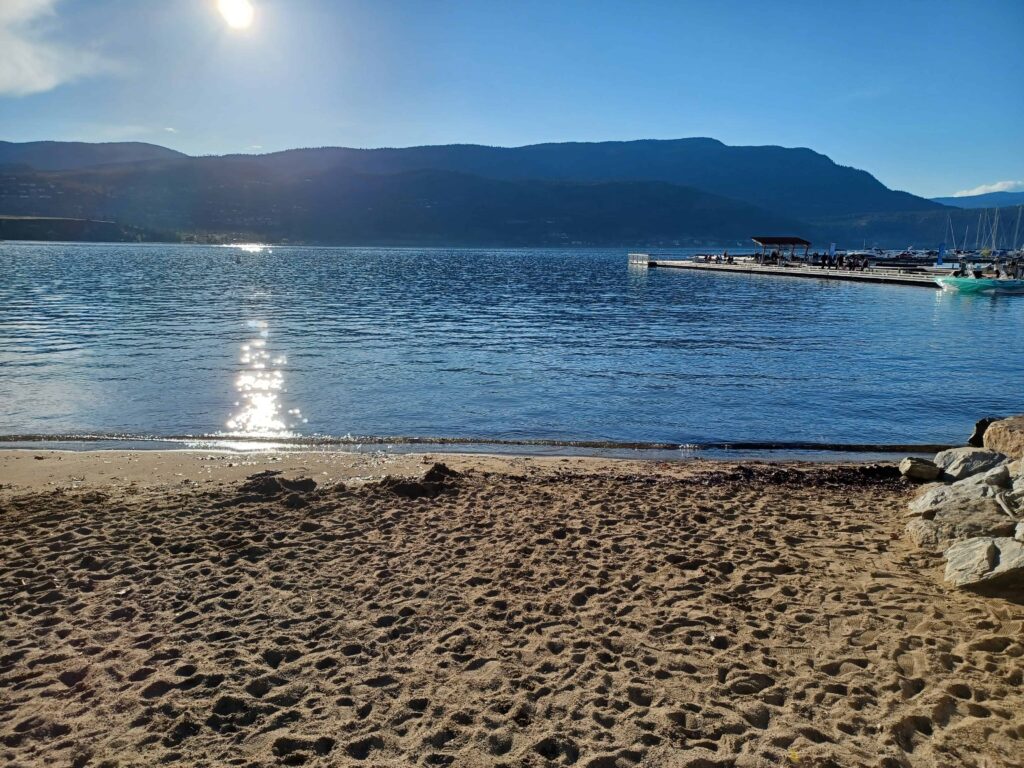
Walking around City Park, the Grizzly Bear statue (Photo credit: tourismkelowna.com – Shawn Talbot photography) and one of the sandy beaches by Okanagan Lake.
If you keep on walking, you’ll find Waterfront Park and the Rhapsody Plaza, with the famous dolphin sculpture named Rhapsody, created by Scottish-born artist Robert Dow Reid in 1993. Concerts and music festivals happen here as well during the summer months.
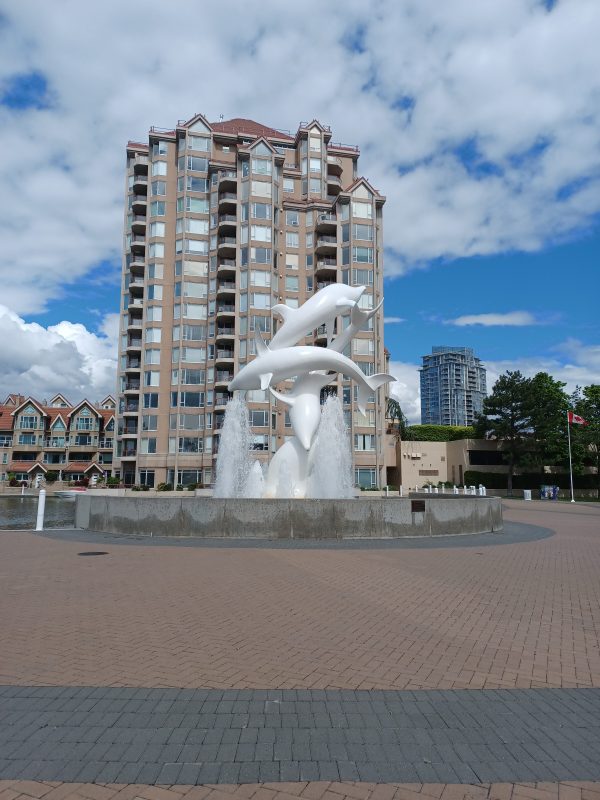
Kasugai Japanese Gardens
A hidden gem in Kelowna’s downtown district is Kasugai Gardens (1435 Water Street, Kelowna, BC V1Y 1J4). It covers 0.29 hectares, and is known as Kelowna’s Japanese garden. Here you can unwind from the busy city life for a little bit!
The gardens have tons of traditional Japanese elements, like the Japanese Snowbell Tree, Green Panda Bamboo, Japanese Maple trees, and koi fish swimming around a pond. There’s also a waterfall, bamboo fountain, pathways, and stone lanterns.
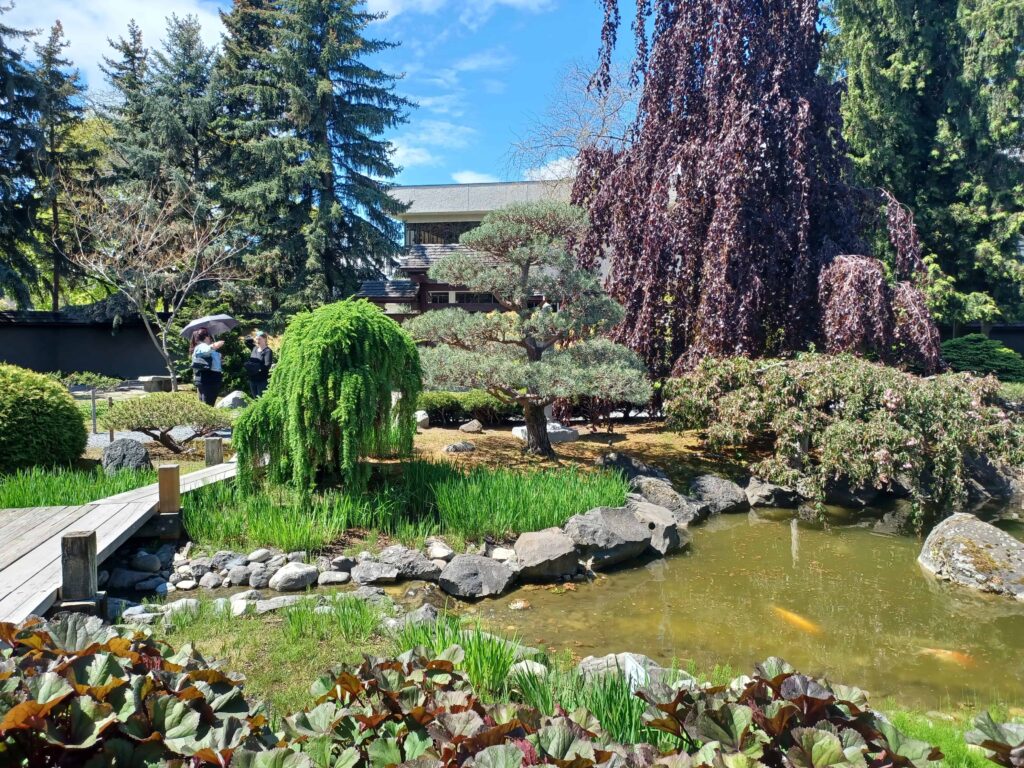
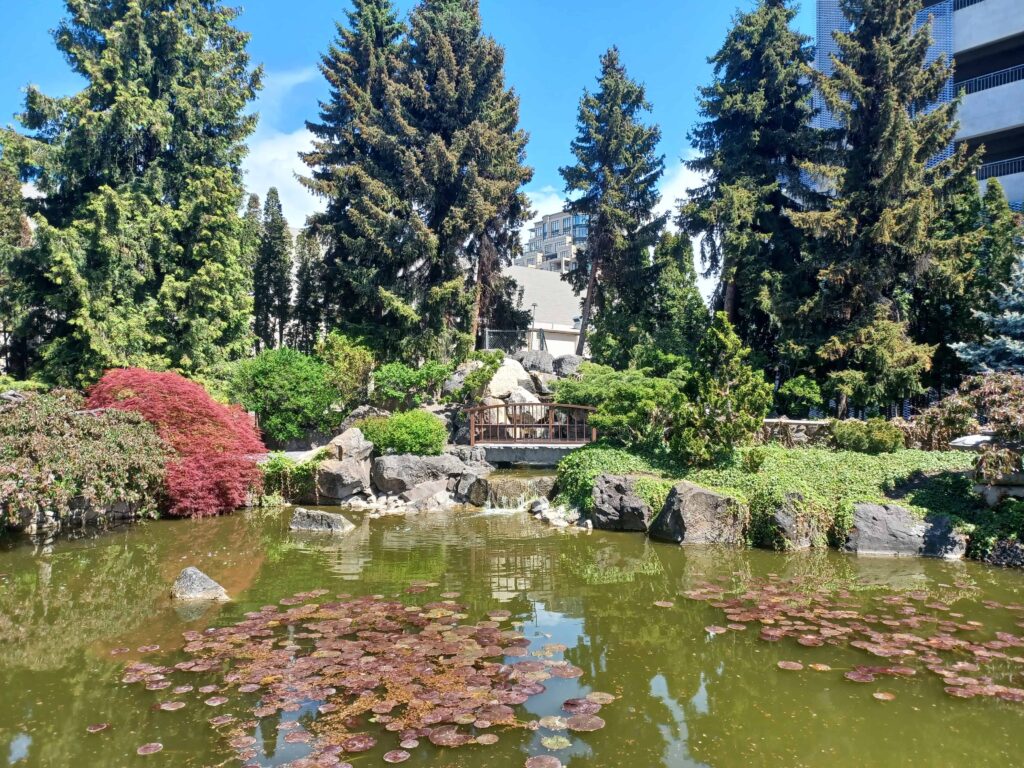
The gardens were completed in 1987 to celebrate the union and friendship of Kelowna and Kasugai, its sister city in Japan.
There are sitting benches and a small gazebo to get some shade and just watch the beautiful scenery. The park is open from early March until late October and most of the trails inside the gardens are wheelchair accessible.
The Circle of Friendship Sculpture
After exiting the park, don’t miss the Circle of Friendship Sculpture, which was built by Geert Maas to honour Yukihisa (Roy) Tanaka (1915-1995). Roy worked hard on supporting the harmony and understanding between Kelowna and Kasugai. It stands for the close relationship between the local Japanese-Canadian community as well.
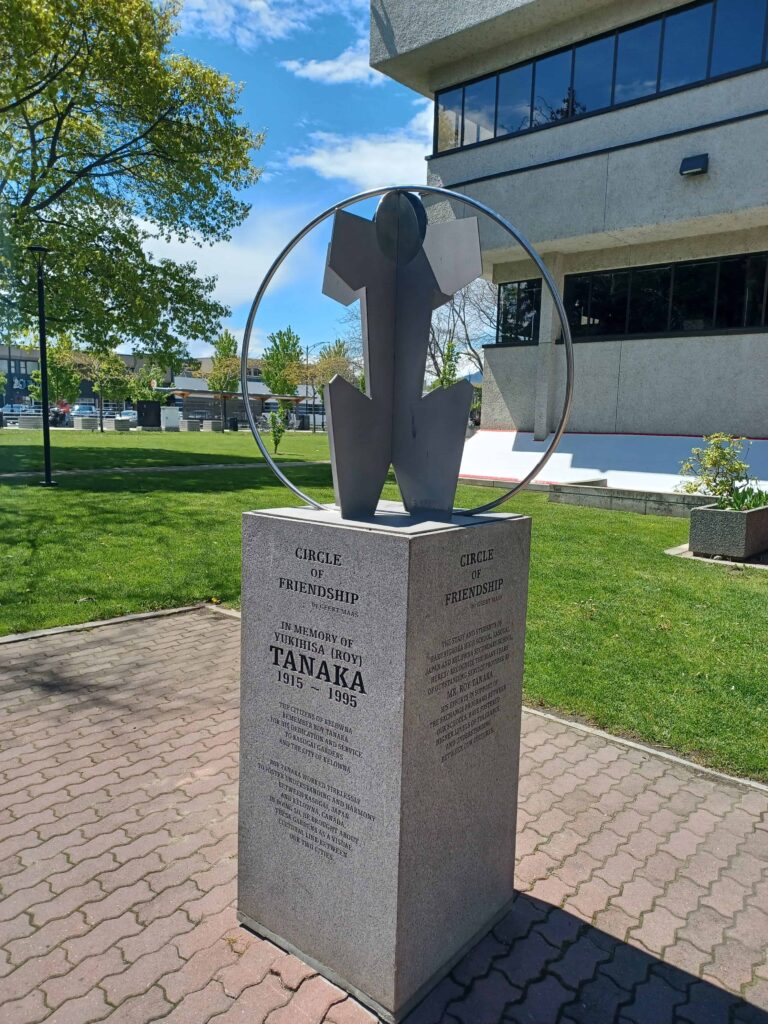
Rent a Bike with Kelowna Bike Rentals
If you like exercising, rent a bike with Kelowna Bike Rentals (589 Poplar Point Dr, Kelowna, BC V1Y 1Y2). Their fleet consists of city (cruiser) bikes, e-bikes, mountain bikes, trikes, gravel bikes, tandem, and adaptive bikes. So everyone gets to enjoy cycling around the city and beyond! All bikes come with a helmet, lock, and maintenance kit.
Kelowna Bike Rentals is at the Knox Mountain Overflow Parking lot from May to October, and rental rates start at C$ 25 for two hours. You can also rent bikes overnight or even multiple days.
What makes this company stand out is that they support two local charities, Elevation Outdoors and CRIS Adaptive. You can find more information on these organizations here.
I’m renting a cruise bike and it’s perfect for cycling around downtown Kelowna and the nearby Okanagan Rail Trail. The bike is super light, so it’s not exhausting to ride around, and I’m sad to return it at the end, lol!
Kelowna is a bike-friendly city, with many bike lanes and trails all over Other popular bike trails in and around Kelowna are Knox Mountain Park, Myra Canyon, and Rose Valley Regional Park.
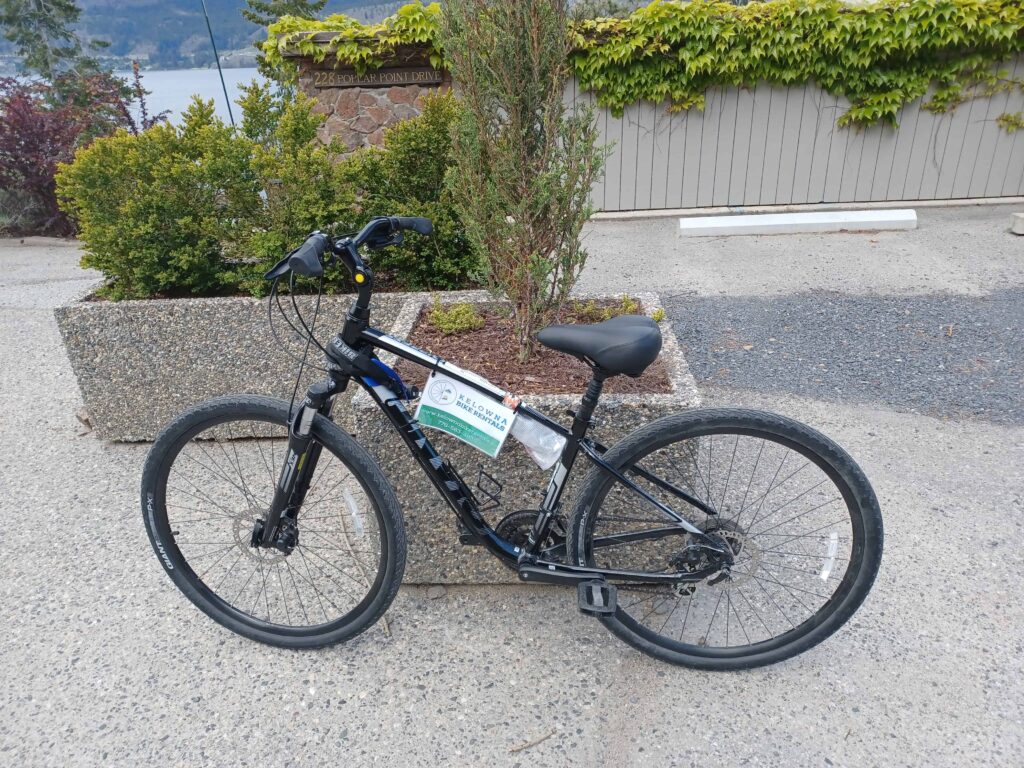
Mosaic Books
Book lovers shouldn’t miss Mosaic Books (411 Bernard Ave, Kelowna, BC V1Y 6N8), which is the Okanagan Valley’s largest independent bookstore. It’s been family-owned ever since it opened in 1968.
They are proud to offer fiction and non fiction books, puzzles, diverse reads (also by indigenous authors), and books written by local authors.
There are also journals, greeting cards, card games, and calendars for sale! You can order books online on their website, and there’s a monthly book club as well.

The Mosaic Book store from the outside (photo credit: Mosaic Books).
Orchard Park Shopping Centre
Another great shopping spot in Kelowna is Orchard Park Shopping Centre (2271 Harvey Avenue, Kelowna, BC V1Y 6H2) with more than 160 retail stores and services. It’s the largest shopping centre between Calgary and Vancouver.
You can find Sports Chek, Old Navy, Best Buy, Lush Cosmetics, Sunrise Records, Purdy’s Chocolates, and many more stores here.
Of course, there’s so much more to do in Kelowna! It’s also very family friendly, so if your kids are joining you on your trip, check out Crystal’s post on the 15 Best Things to Do in Kelowna in the Summer!
Check out the Kelowna Visitor Centre
I also recommend stopping by the Kelowna Visitor Centre (238 Queensway Avenue, Kelowna, BC V1Y 6S4) to learn about other things to do in and around Kelowna. The staff are super friendly and there’s a lovely gift shop with many gems made by local artists.
The visitor centre is currently open daily from 8:30 am to 8:30 pm. There’s also a kiosk at Kelowna International Airport (open daily from 8 am to 8 pm) in the Arrivals Lounge.
As you can see, Kelowna is a fun destination to visit all year-round. In the spring, summer, and fall, cycling, boating, golfing, and hiking are popular outdoor activities.
During the winter months, many people go skiing or snowboarding at the nearby Big White Ski Resort and Silver Star Ski Resort.
Where to Eat & Drink in Kelowna, BC
Like any bigger city, Kelowna has a great selection of cafés and restaurants.
Here are a few I got to check out during my visit:
Robbie Rare Books & Pulp Fiction Coffee House (1598 Pandosy Street, Kelowna, BC V1Y 1P4). This unique retro coffee house is super charming, especially because of the many antique books and cool posters on the wall! Don’t miss the Robbie Rare Books section, and admire the many antiques around the café (e.g. clocks, a couch, and copper bookends)!
It’s awesome to learn about Pulp Fiction (not the movie 😉 ), which are books printed on cheap (pulp) paper starting in the early 1900s and became super popular in the 1930s and 1940s! Dogs are welcome too.
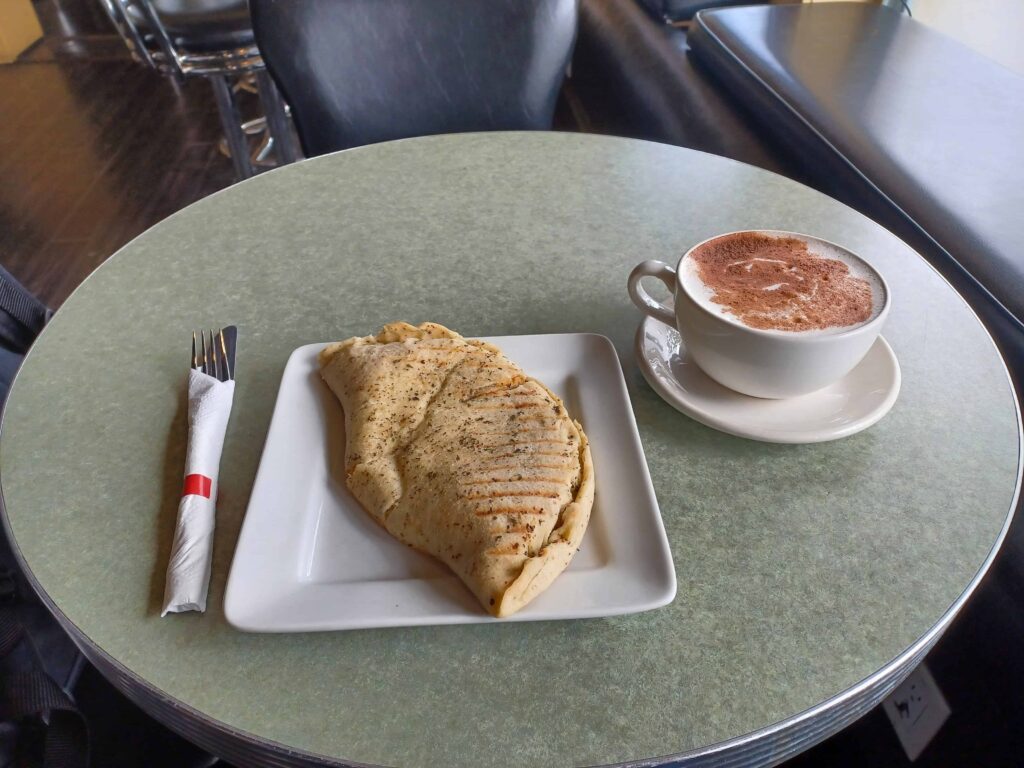
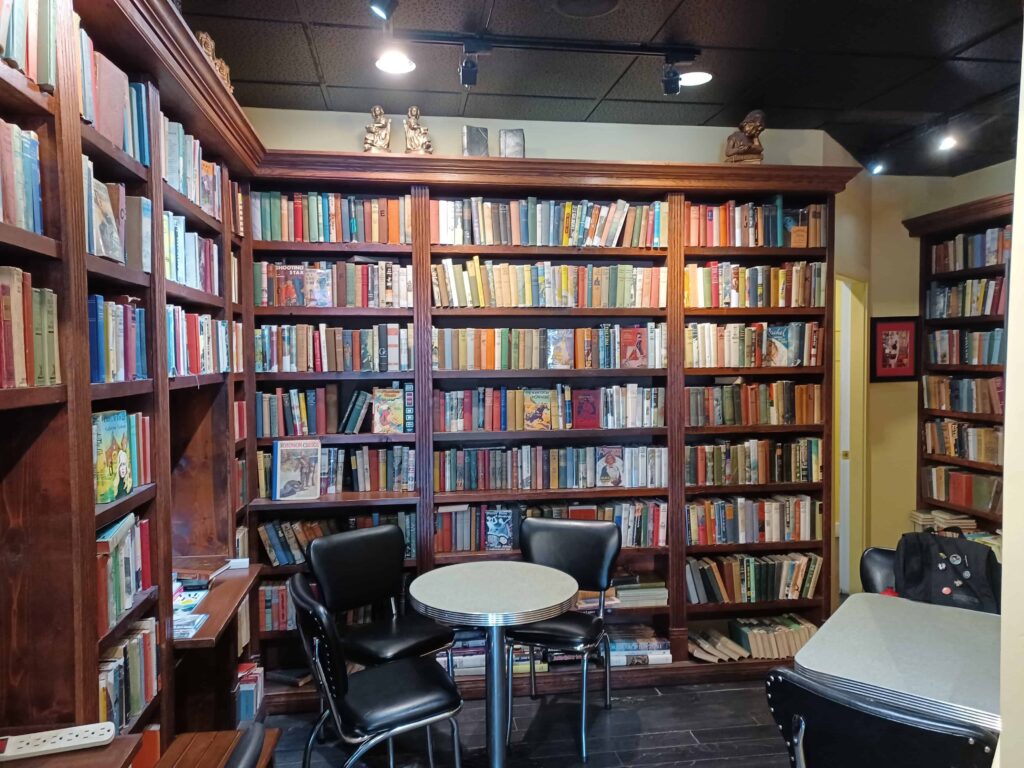
Veggie Calzone and Chai Tea Latte and some cool antique books!
Marmalade Cat Café Downtown (#102 1195 Richter St, Kelowna, BC V1Y 2K8). This cool café offers healthy breakfast and lunch made from scratch, and vegan and gluten free options are available. They like to display work of local artists and there’s often live music on Friday evenings!
I love the vibe and colours of this café (dark blue and yellow), what a great contrast! While there are no real cats to hang out with, they sell some cool cat-themed stuff! They have three locations in Kelowna (Downtown, Pandosy, and Okanagan College).
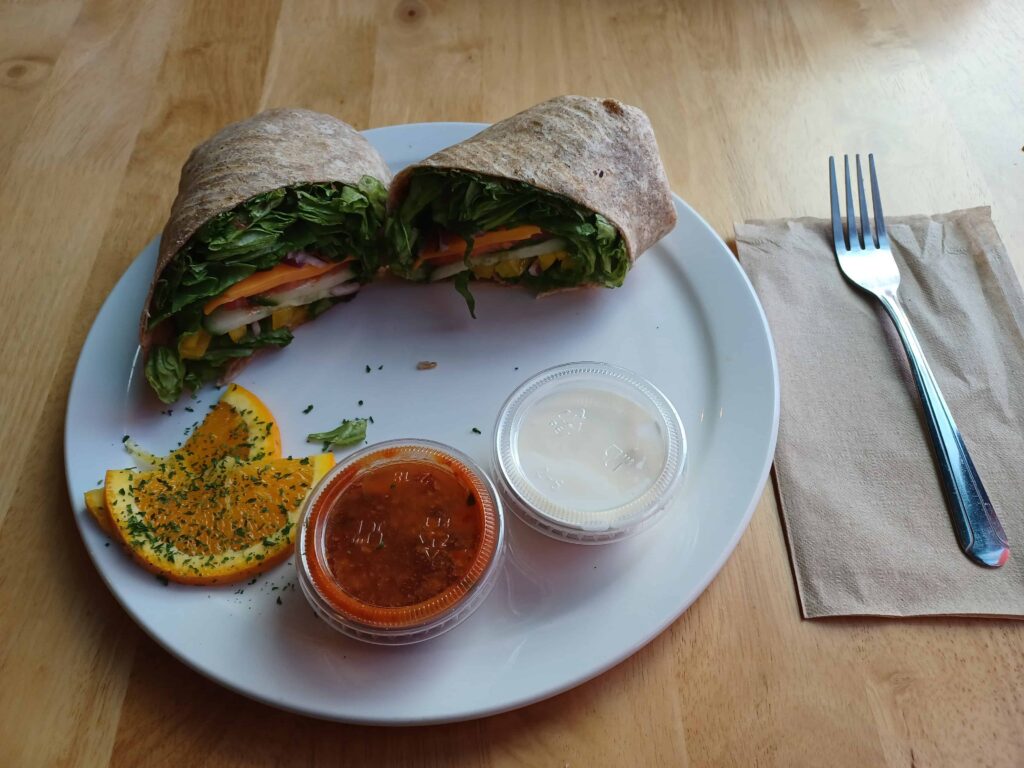
Veggie wrap at Marmalade Cat Café.
Pick Thai Restaurant (467 Bernard Ave, Kelowna, BC V1Y 6N8). Although this restaurant doesn’t look super fancy from the outside, it’s very much worth it to give it a chance.
They serve authentic Thai food, like Pad Thai, Green Curry, Tom Yum soup, and bubble tea! The food and drinks are very affordable and feel free to grab a book from their small library while waiting for your food!
Ga-On Sushi Restaurant (605 K.L.O. Rd, #3B, Kelowna, BC V1Y 8E7). This cute little restaurant offers a great selection of sushi, but also Udon and Yakisoba noodles, Teriyaki, Donburi, and bento boxes! The light green and light brown colours inside the restaurant create a calm vibe.
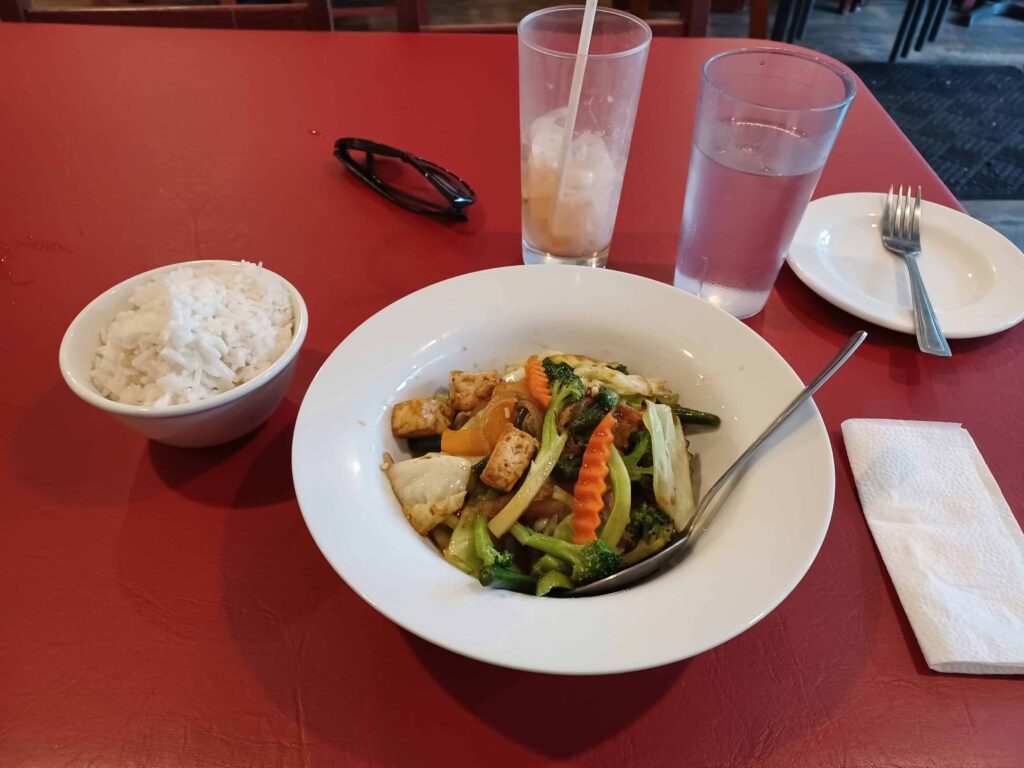

Veggie stir-fry with coconut rice at Pick Thai and Veggie Bento box at Ga-On Sushi.
If you’re into pizza, music, and beer, check out DunnEnzies Pizza Co. Downtown (1559 Ellis St, Kelowna, BC V1Y 2A7)! The cool outside street art grabs my attention immediately!
Their New York style pizza was voted Kelowna’s Best Pizza in the Best of Kelowna Awards. They also have salads, calzones, nachos, wings, tacos, burgers, and even brunch on weekends!
They often host events, like open mic night, jam nights, trivia games, drag shows, Celtic nights, and Punk Rock Bingo! While I only saw this place from the outside this time, I can’t wait to try their food and check out an event when I’m back in Kelowna!
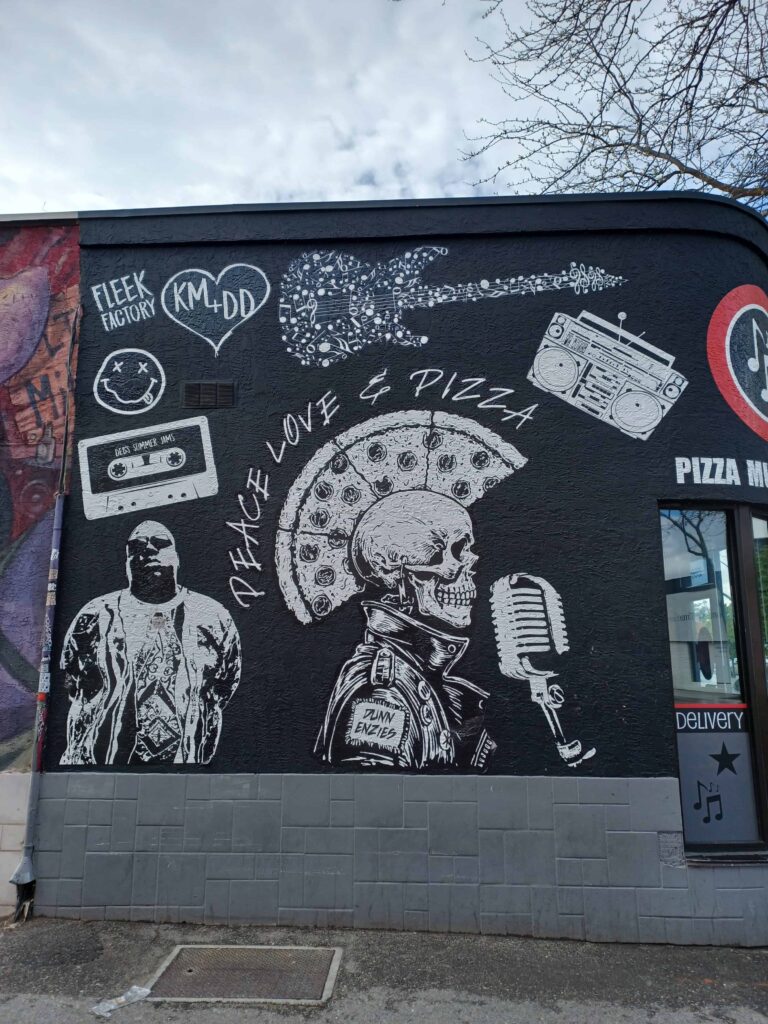
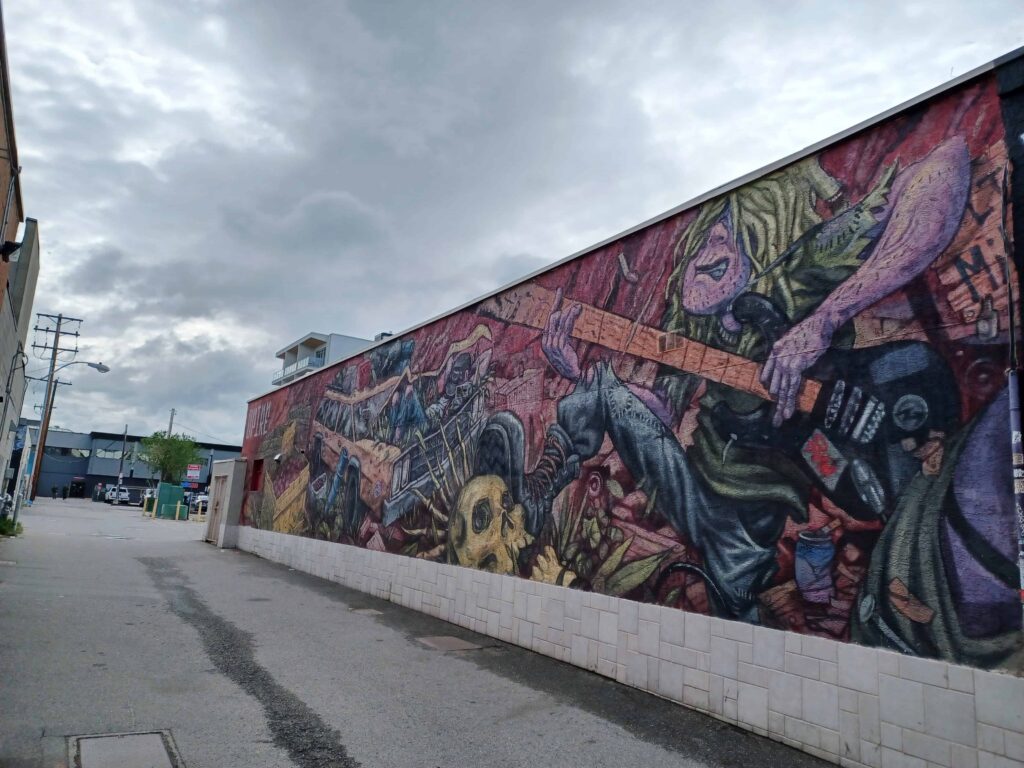
Where to Stay in Kelowna, BC
I’m staying at the Samesun Kelowna Hostel (245 Harvey Avenue, Kelowna, BC V1Y 6C2), that is only a few steps from Okanagan Lake and downtown’s bars and restaurants. It has private and dorm rooms and I’m staying in a 4-bed female dorm.
The room is a bit small, but has everything you need, and the beds are very comfortable.
There’s luggage storage, a spacious kitchen, TV room with a library, laundry room, back patio, and common area to use. Moreover, you can join daily activities, play pool, or get a snack from the vending machines!
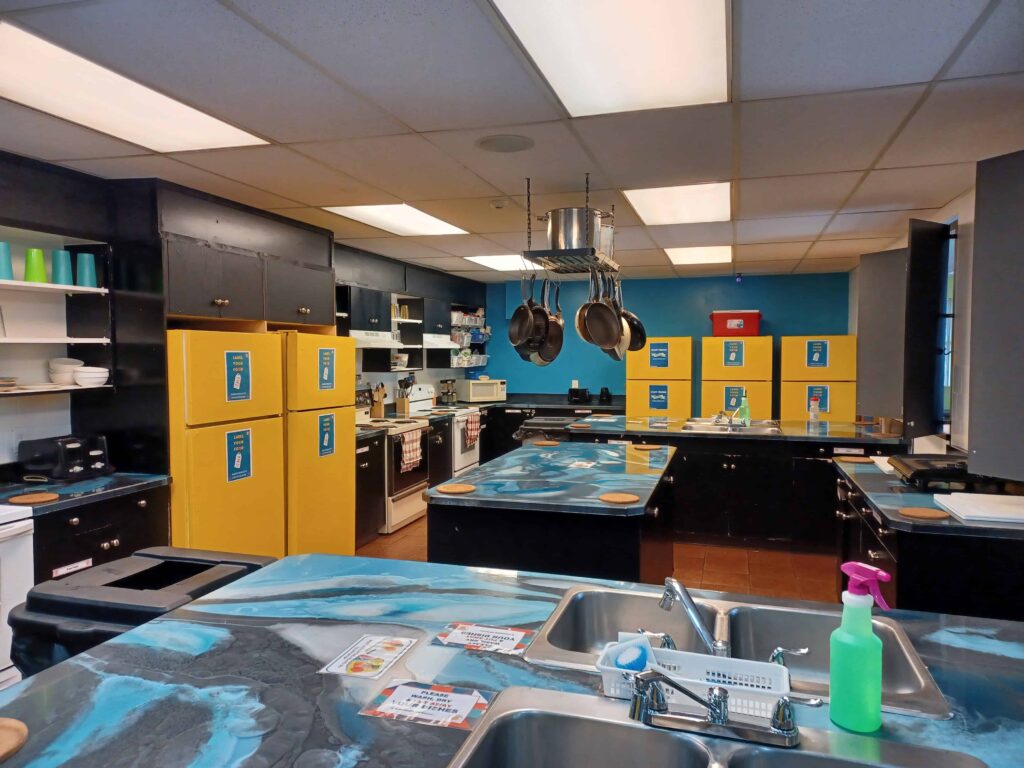
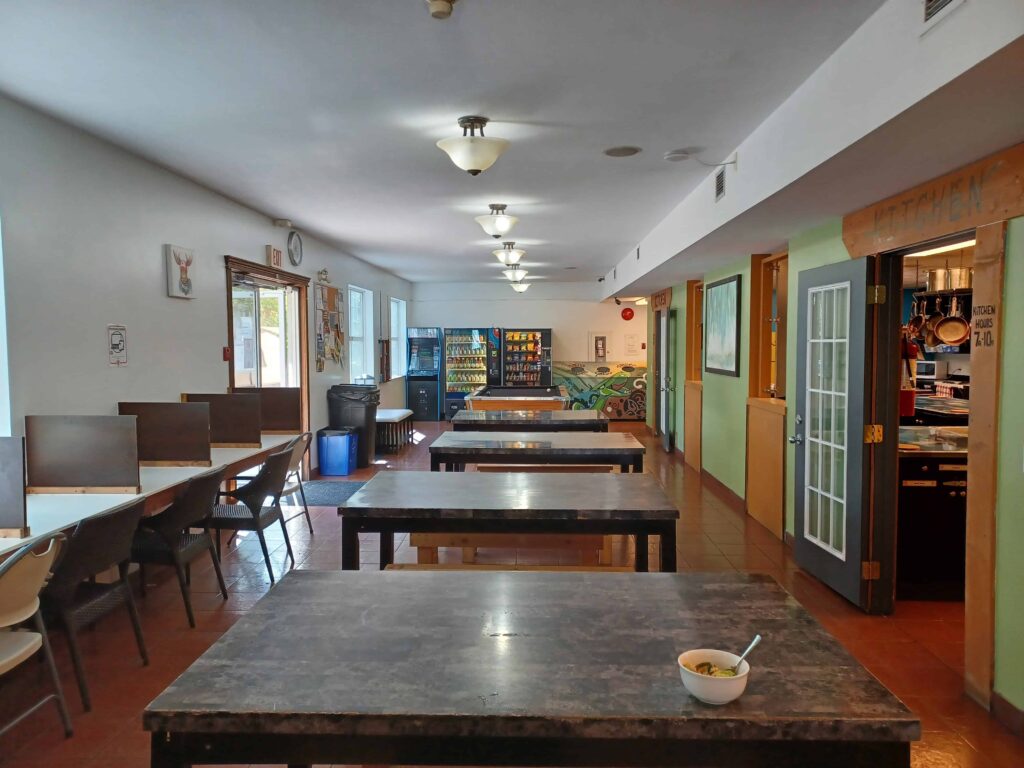
How to Get to and Around Kelowna
Kelowna is right next to Highway 97, which is easily accessible from Kamloops (166 km/103 miles) and Vernon (45 minutes). From Vancouver, it’s a 389 km (241 miles) drive, and from Calgary, it takes about 7 hours to get to Kelowna.
Or you can take Ebus from Kamloops (2.5 hours), Vancouver (5 hours 40 minutes), or Vernon (1 hour) to Kelowna. They stop in downtown Kelowna (516 Lawrence Ave), Kelowna International Airport, and West Kelowna.
Kelowna International Airport is about 10 minutes north from Kelowna. They offer many flights within Canada (e.g. Vancouver, Toronto, Calgary, and Edmonton), but also from/to Seattle, Phoenix, Cancun, and Puerto Vallarta.
There are local buses available in Kelowna with BC Transit. If you’re going to different areas in Kelowna, it’s useful to take the bus, as the city is quite spread out. The bus goes pretty much everywhere.
You can also rent e-scooters and through Spin. Just leave them somewhere for the next person when you’re done!
Of course, Uber and taxi services are available as well.
Well, that’s a wrap on How to Spend a Great Weekend in Kelowna!
Traveling around British Columbia for a while? Then check out these posts:

